World Vets, Otavalo, Ecuador

For all the volunteer work and non-profit spay/neuter work I do, I know there is still a finite number of animals I can help in my career. I’m just one person. When I teach vet students and colleagues, I like to believe I can increase that number through them. We are a lot of people. Also, teaching is fun, and having to think through the basic steps of things that have become routine and answer unexpected questions results in my learning, as well. There are several organizations with a great structure combining both service and teaching.
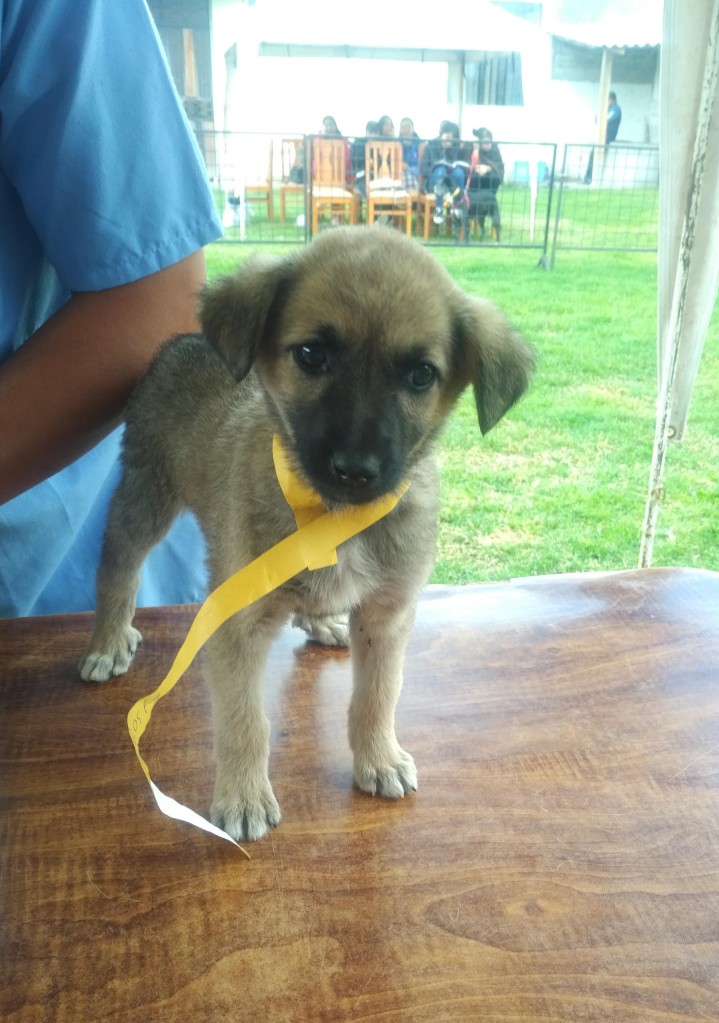
I first started working with World Vets several years ago. They organize international trips, including high volume spay/neuter, disaster relief, and teaching. The International Veterinary Medicine training programs have been some of my favorites. These trips take English-speaking veterinary and pre-veterinary students (the majority are from the US, but students from other countries can and do participate) to international communities for hands-on, one-on-one, anesthesia and surgery instruction. Spay/neuter is the focus, with some wellness outreach, but students (and volunteer veterinarian and technician instructors) will also learn a good deal about international and field work. World Vets has created a nice model that allows volunteers to experience local culture and recreation while participating in a working trip. It’s not all work, and it’s more meaningful than a vacation. The term “spaycation” has been thrown about. Trip fees generally include housing, lunches, clinic supply needs, local transportation, and some tours for the group. Volunteers pay their own airfare to/from the site, dinners, and off-day tours. Programs usually run for several weeks at a time, with each volunteer group spending one week in country. The daily surgery numbers are teaching numbers, not high volume, but the community is served for several weeks at this level, allowing us to help a good number of animals and their people.

This being a blended vacation/working trip, I went a day early to have a quick solo holiday in Quito before meeting the group. Ecuador is an easy destination with a US passport. No visas are needed, and customs was relatively friendly and efficient. The country is located in the Northwest part of South America between Colombia and Peru, and there are a number of flights from North America to Quito. The Quito airport is located a 30-45 minute drive outside of Quito, though there is at least one hotel located next to the airport if you are transiting. I booked a small, family-run hotel in the Quito Historic Center via Expedia and was able to pre-arrange an airport pick-up even with a late night arrival. I found Quito’s Historic Center lovely and lively. It is an area of colorful Spanish Colonial architecture and steep, cobblestone streets. Quito is the world’s second-highest capital city (after La Paz), located in the equatorial Andes at 2850 meters (9350 ft) altitude. People were friendly, and this area is well-equipped for tourism (museums, parks, restaurants, and signs) without an overwhelming amount of touts or souvenir shops. In Late May, the temperature was very comfortable in a long sleeve shirt or light jacket. I can’t say that I found English to be widely spoken, though it was spoken some. Everywhere I visit in Quito, they ask me español or ingles, and no matter my answer, we continue to speak español. The Spanish, however, is very clear and proper and one of the most understandable accents to my ears of any areas of Latin America I’ve visited. I spent my day in a self-made (commercial options are available) walking tour of the Old City (a UNESCO World Heritage Site) and visited the museums recommended by my hotel, including the Museo de la Ciudad, in a former church/monastery turned hospital, and the Museo de Albado, a pre-Colombian art museum in a former Colonial house. Both were excellent recommendations, and the city museum features a rooftop area with great views. There is a nearby tourist attraction called La Mitad del Mundo to mark the equator; I did not visit this myself, but it looks popular.
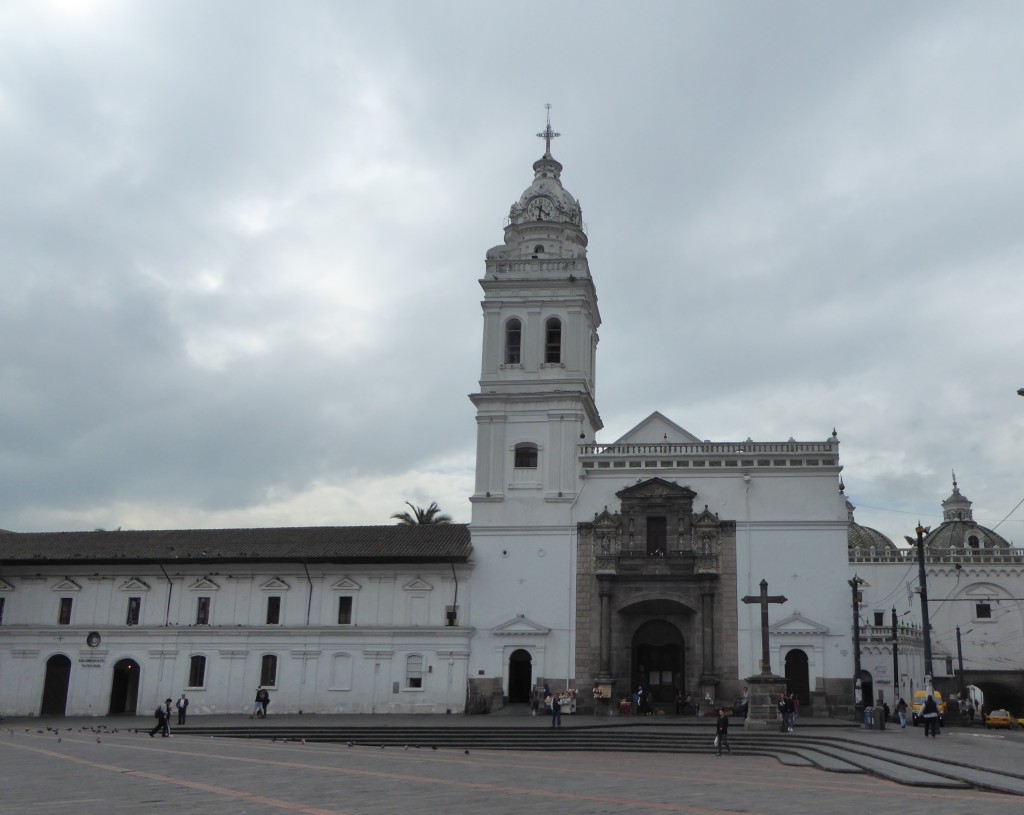
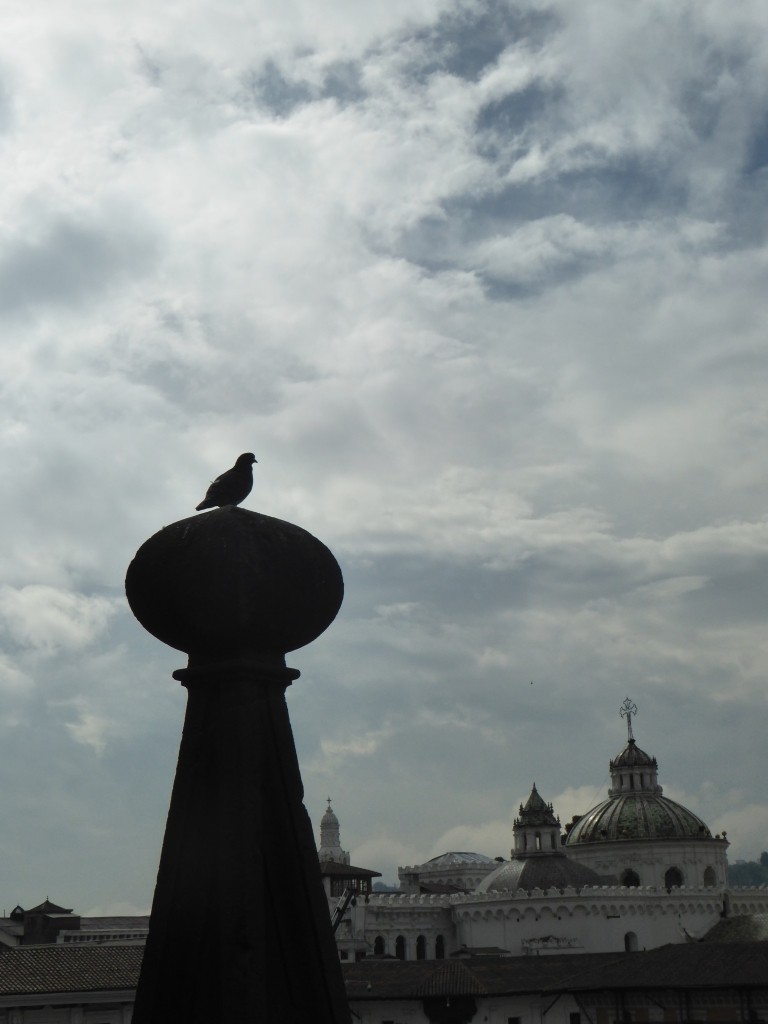

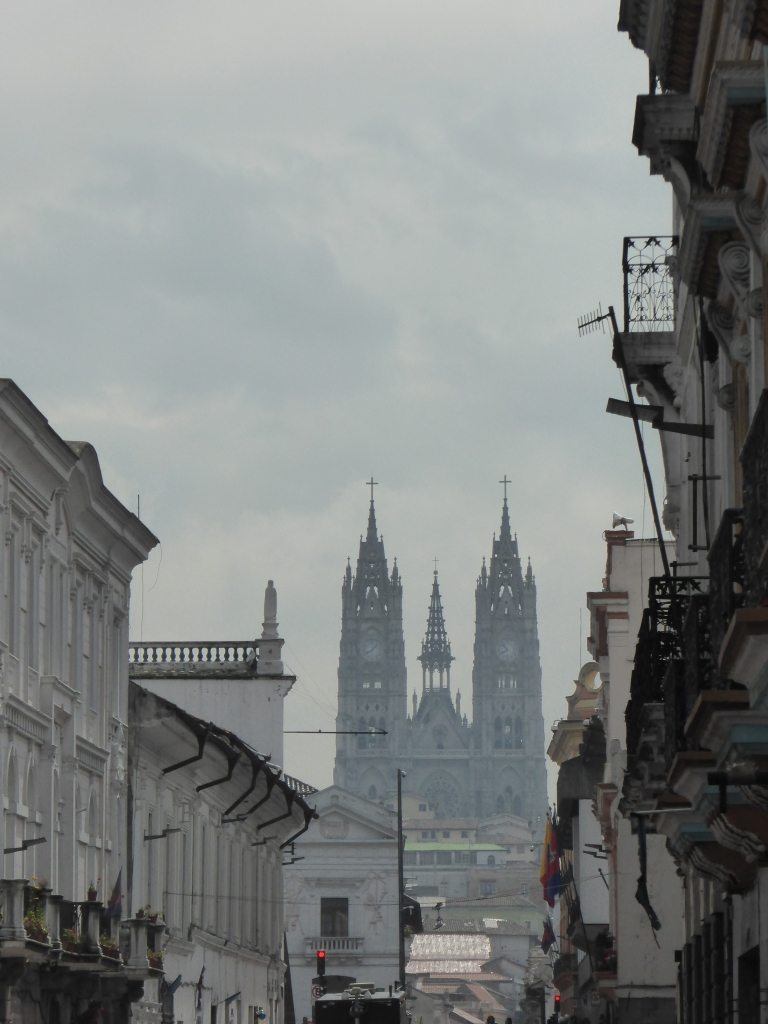
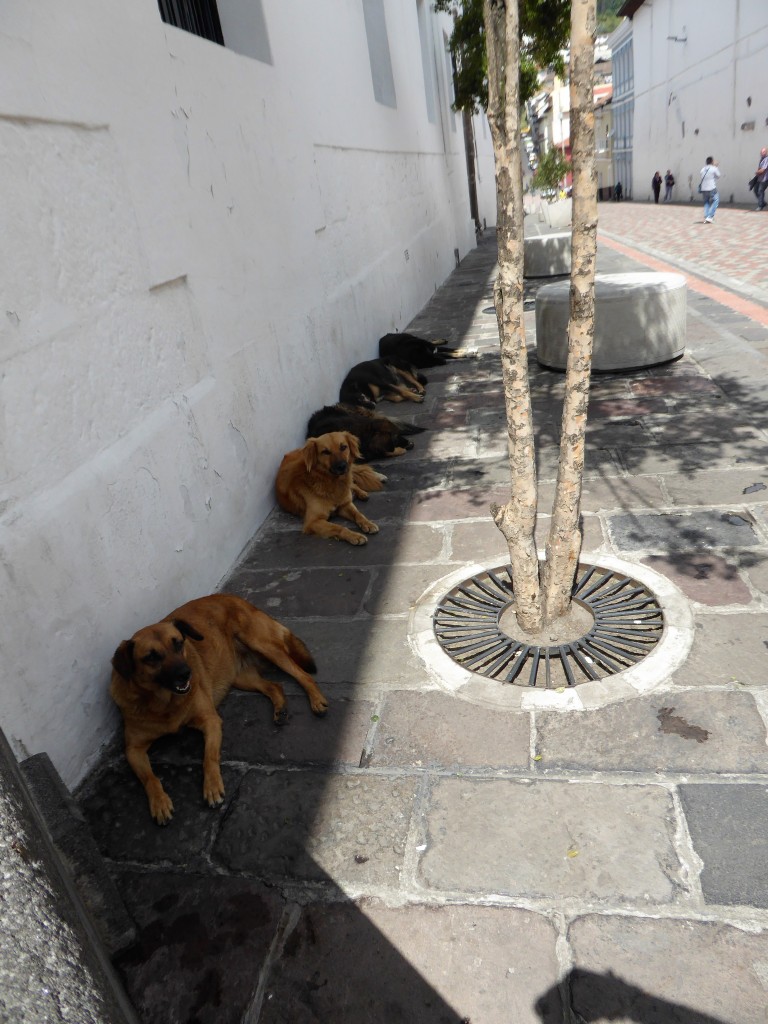
Ecuador has a huge variety of landscapes and biozones – The Galapagos Islands being the most famous, but also a coastal region in the west, Andean highlands, and the Amazon basin in the east. A number of indigenous peoples were located in the area prior to the Inca conquest in the 15th century CE. The Incas made their language, Kichwa (or Quichua), the local language, and this is still spoken by today’s indigenous population. The Spanish conquest in the 16th century made Spanish the official language. Both languages are used in the northern highlands. The northern highlands have a large population of Andean indigenous people, and many still dress in traditional clothing (fedoras and other hats, wool wrap skirts and scarves, scarves used to tie bundles containing goods or babies to their backs, ponchos) and wear their hair in long braids or ponytails. In 2000, Ecuador adopted the US dollar as the official currency, in an effort to stabilize the economy. Dollar and half dollar coins are in wide use, and there are still Ecuadorian pesos mixed in with the change in circulation. The food includes a lot of quinoa, potato, and corn, along with meat and fresh fruit and vegetables; eggs feature prominently, as well. It is good food and not very spicy.
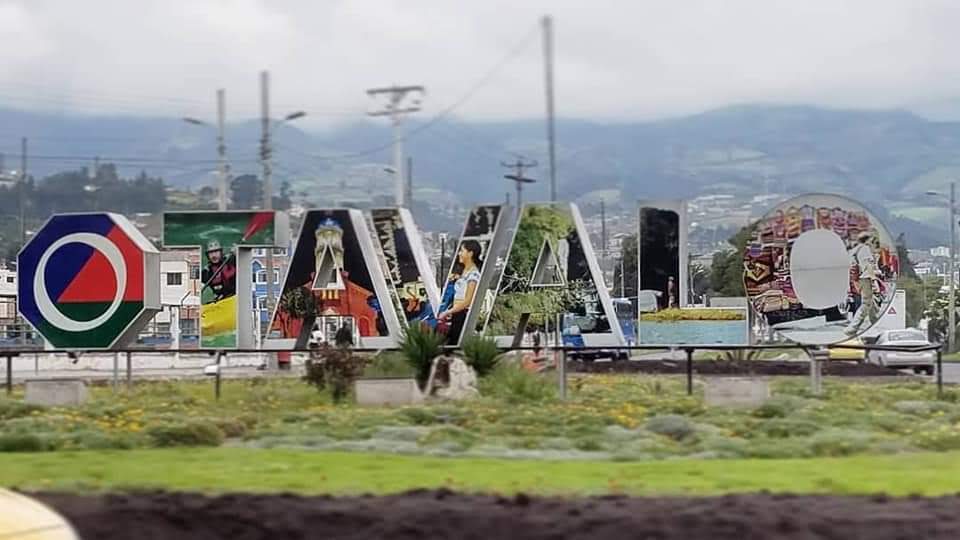
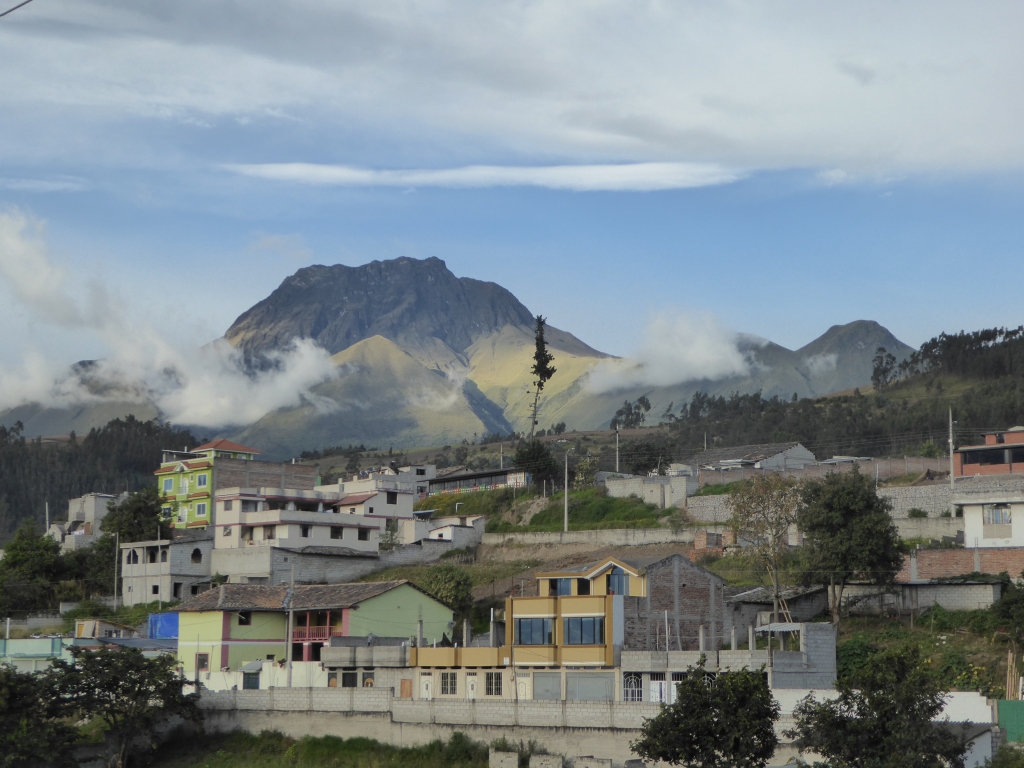

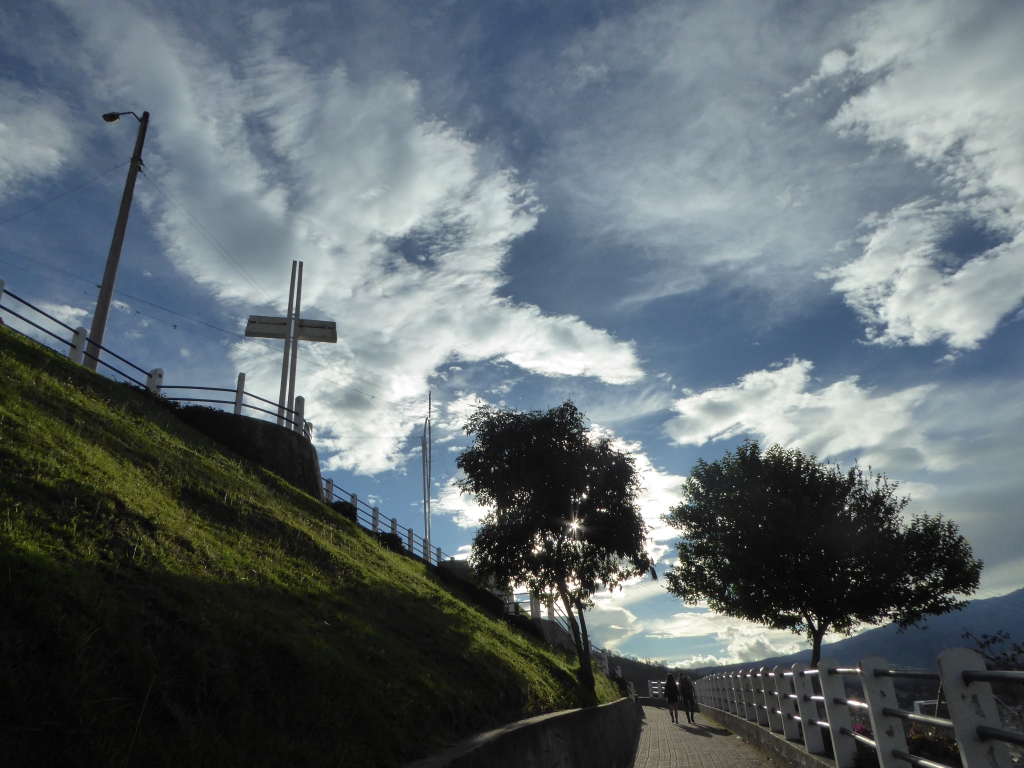
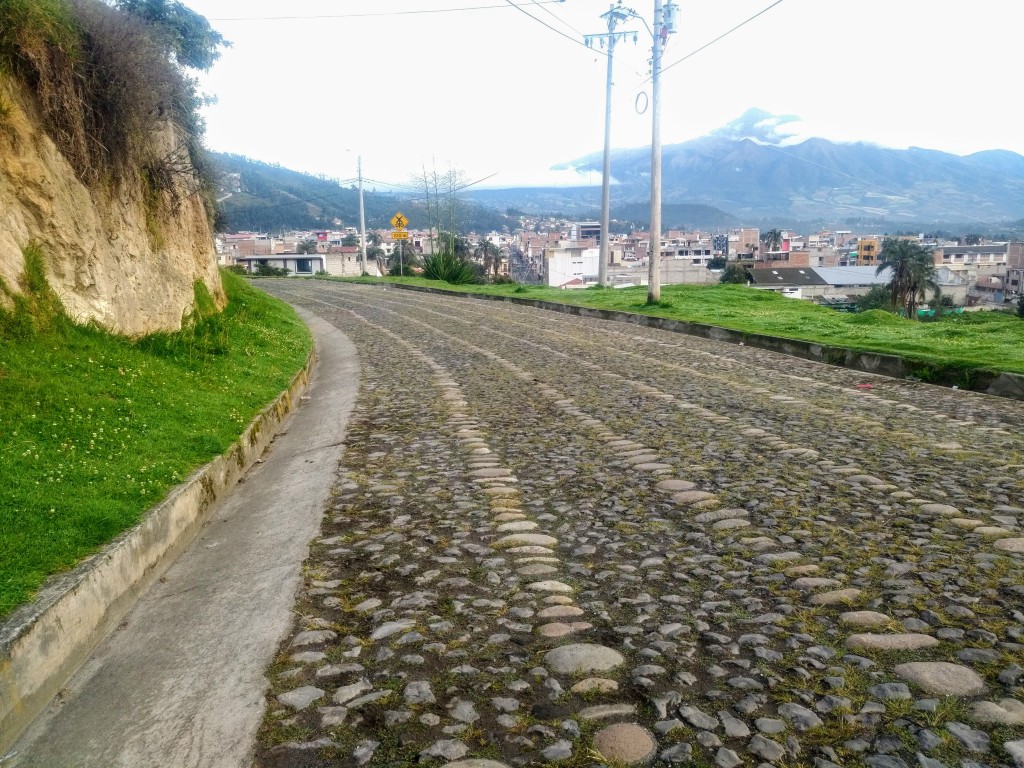
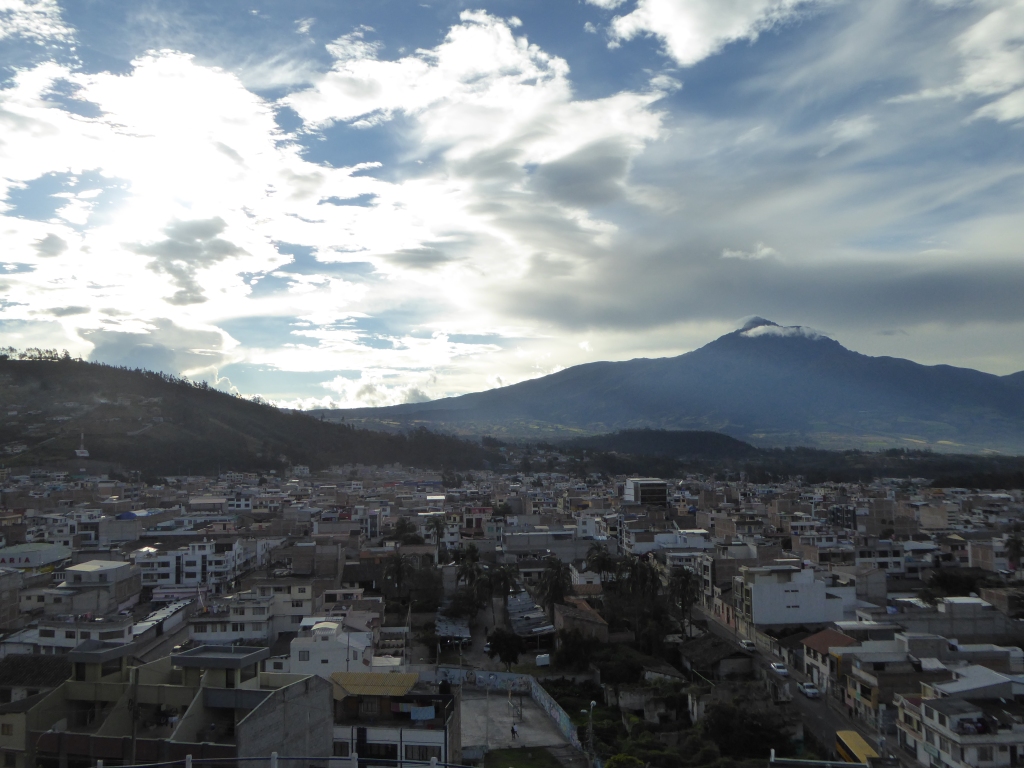
The World Vets project was based in Otavalo, about an hour and a half drive north through the mountains (back in the Northern Hemisphere, where Quito was just slightly in the Southern) from Quito. Otavalo sits at 2,532 m (8,307 ft), under the peaks of Imbabura (Papa) and Cotacachi (Mama) in Imbabura province. It is famous for its artisan market. I loved it for the mountain views and the ubiquitous street art. Otavalo is another great tourism site. It’s a small, safe city, and very friendly. Our World Vets group stayed in a locally owned hotel a short walk from the market and surrounding shops. The market has street food booths every evening. I recommend the tamales and the empanadas. The other thing about Otavalo? Numerous street dogs.
As is custom for most of the World Vets trips I’ve done, the first day is for getting to know the area and the team, along with some orientation/teaching for the students on the teaching trips. In Otavalo, World Vets was working with Quichua Native Tours for our cultural and recreational experiences. They are operated by people from the local indigenous communities with an aim for sustainable, cultural tourism. On our first day we were treated to visits with local indigenous artisans in backstrap weaving, flute making, local music, and embroidery. I think the highlight was the home and workshop of Master Weaver Miguel Andrango, where his family have worked for 5 generations (his mother, him, his daughter and son-in-law, and their children). They wash, spin, dye, and weave the fibers and love to share their craft with visitors. The day also included some culturally significant sites, including a short hike to the Cascada de Pechuga waterfall. The waterfall is used by the indigenous people to mark June 22 with festivities and chicha, a local corn liquor. The same park contains a large solar calendar with special acoustic properties, used by the indigenous people to mark March 2, their new year, when the sun hits the center of the calendar directly.
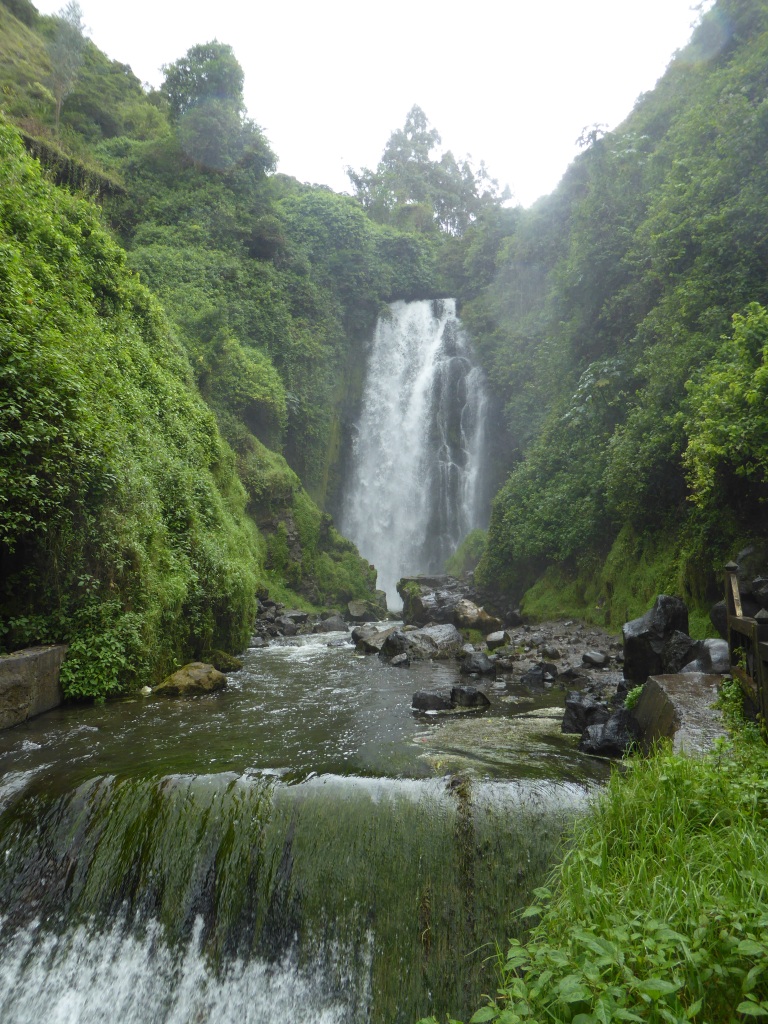
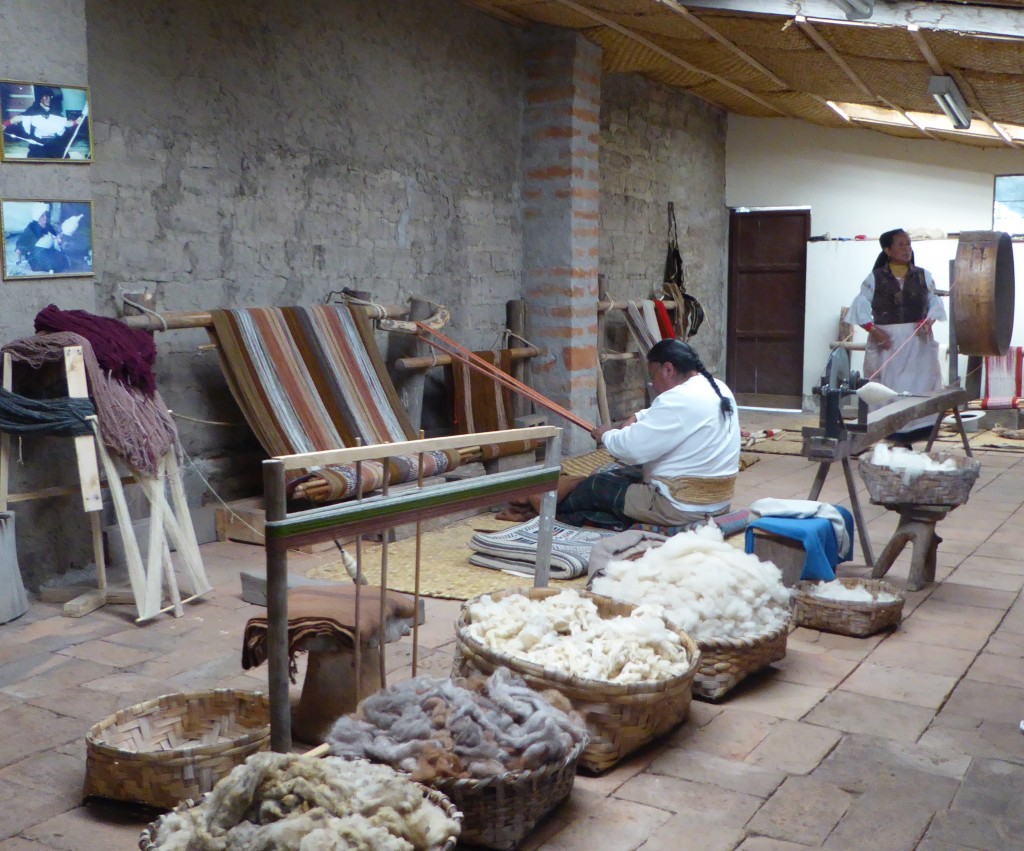

But we’d come to Ecuador to work. There are large numbers of roaming dogs and cats, and as discussed in some of my earlier posts, large numbers of roaming dogs and cats can lead to conflict with each other, conflict with humans, and public health concerns if infectious diseases or parasites get into a population. The local organization with whom we were working is Bienestar Animal Imbabura – the animal shelter in Atuntaqui, another city in Imbabura province, with a large indigenous population. BAI runs a small shelter, animal welfare programs, and a low-cost public veterinary clinic. They let World Vets use clinic facilities for our surgery clinic. World Vets does not charge anything to the clients, but BAI can ask for a small donation. We had oxygen tanks, so all the patients have O2 while using injectable anesthesia (tramadol, acepromazine, ketamine, diazepam for dogs, and tramadol, medetomidine, ketamine for the cats). All patients were intubated and had IV catheters. We had swaged on suture for the most part, with some 0 gut on a reel available for ligatures and a cold sterile for reusing long suture for skin closures. Instruments were in cold sterile. We ran 5 surgery tables, each with one veterinarian and one pair of surgery students. The veterinarians stayed in place all week, and the student pairs rotated to a new veterinarian each day. Our numbers were approximately 30 surgeries per day. Patients waited with their families in the outdoor courtyard area until time for anesthesia induction and then again once they were awake enough to sit with their people for further recovery.


We World Vets veterinarians did a few consults with the BAI staff on their interesting cases. Both BAI and the IVM program have received some support, typically in the form of facility usage or transportation, from the local government. We hope the joint project helps BAI reach greater numbers of pets in need and benefit from some positive public relations. Short trips by foreign groups do little to help the community if they aren’t done in support of local organizations who are doing work year round, so these established local groups are really key to having any sort of local impact. The other mission – teaching – I feel was also accomplished. 10 veterinary students per week gained hands-on surgical experience and personalized instruction on more cases than most of them would otherwise see in the standard veterinary school curricula.
These IVM trips also include outreach days, where the group goes out to more distant communities to provide wellness clinics. This session we headed into the mountains to Yuracruz, an indigenous farming (animals, potatoes, and habas – beans) community high on the peaks. The road is rock and dirt and carved into the steep mountainside, sans guard rails or shoulders. There were several curves that really did not seem like they would fit a bus. The views were spectacular, but I had to close my eyes a couple of times and not think about it. The bus fit, and eventually was made it to the pass. When we arrived in Yuracruz, we were greeted by the mayor and set up our mobile clinic. We had a handful of street dogs and pet dogs and cats that came by for the small animal services. The majority of our patients were cows, pigs, and sheep. We had dewormers, vitamin B shots, and flea/tick treatments, as well as some fluids, wound treatments, antibiotics, and pain meds as needed. Two sick calves got some fluids and electrolytes, and we treated some wounds. The community fed us a lunch of potatoes and beans straight from their fields, served in huge pots on the floor, along with a chile sauce. We started eating the potatoes with our hands, until a few plates were located. No utensils ever were.
We had an off day, so a few of us climbed Mount Fuya Fuya with the guys from Quichua tours. Other members of the group split off to do some other tour options they’d arranged. Fuya Fuya is only about 4km round trip, but very steep. The summit is 4216m (13,832 feet). Fuya Fuya is Quichua for “cloudy cloudy”, and it more or less lived up to its name. We had partly cloudy weather climbing, allowing for some fantastic views. The trailhead leaves a lake in a volcano/mountain valley, all of it above treeline. The slopes are covered in clumps of tall grass and scattered with flowers and agave. The going was slow at that elevation, and the footing was slick mud with grass “steps”. At times we would use handfuls of grass as handles to pull ourselves up. The summit block is steep, exposed rock, requiring a short scramble. The summit was worth it, with 360 degree views, including Colombia just to the north, until the clouds finally rolled in. The upper part of the descent is the most fun, as you can sit and slide down the grass faster and more comfortably than you can walk it. You will be muddy and have grass in your undergarments at the end of the day, though.
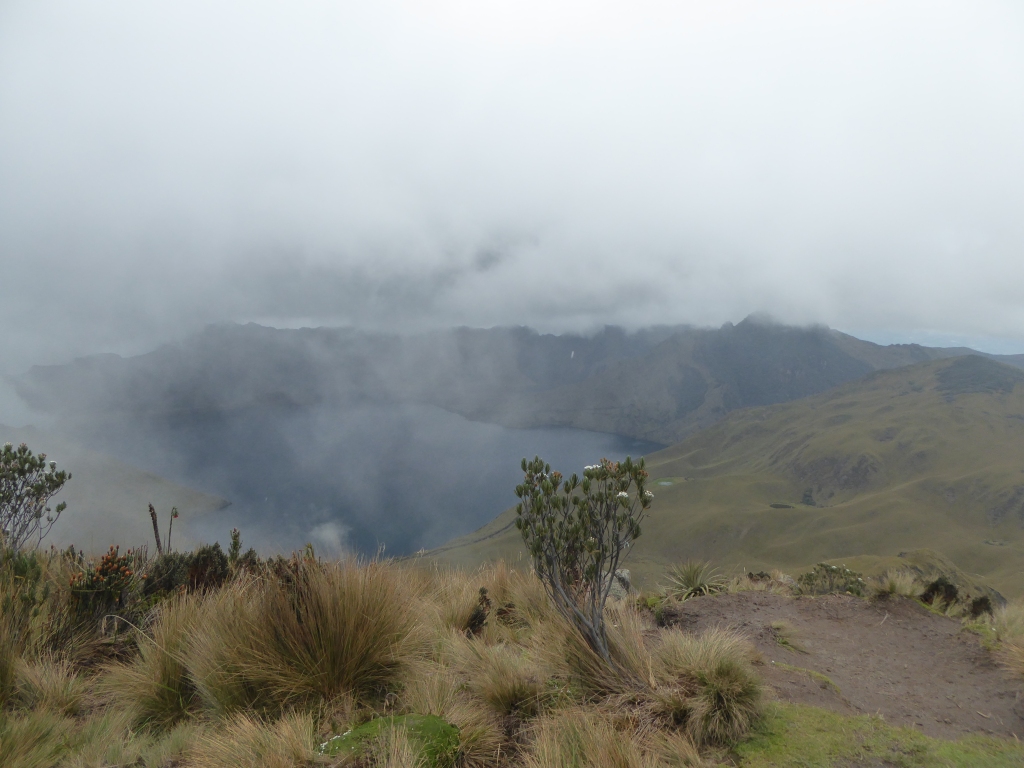
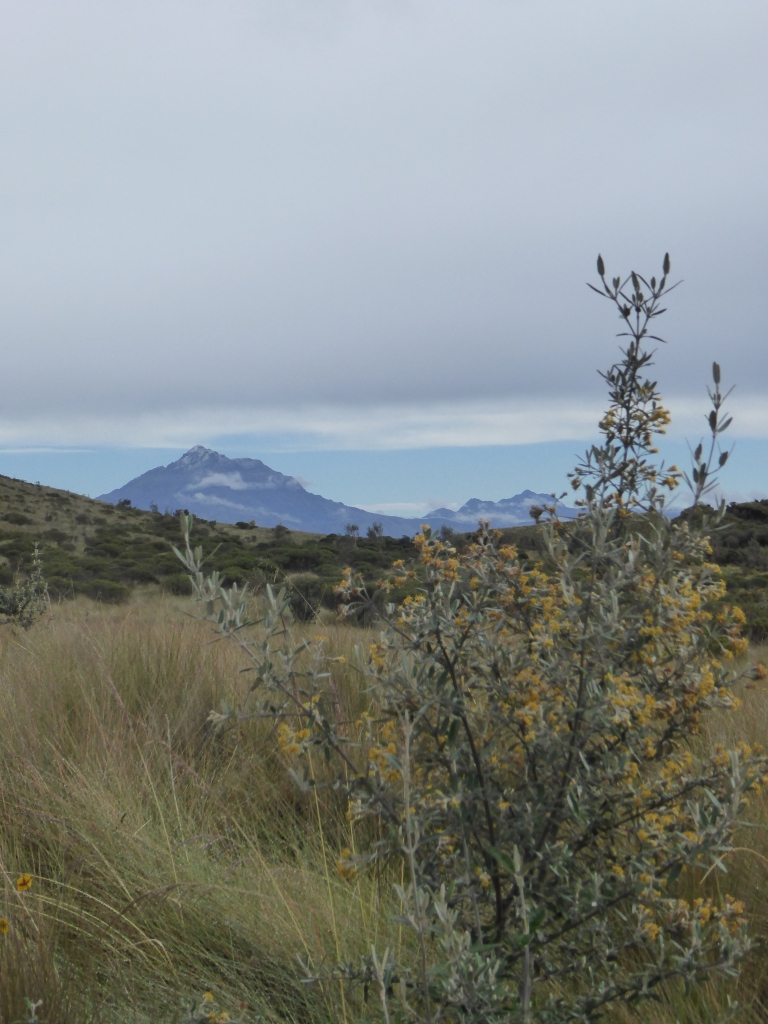
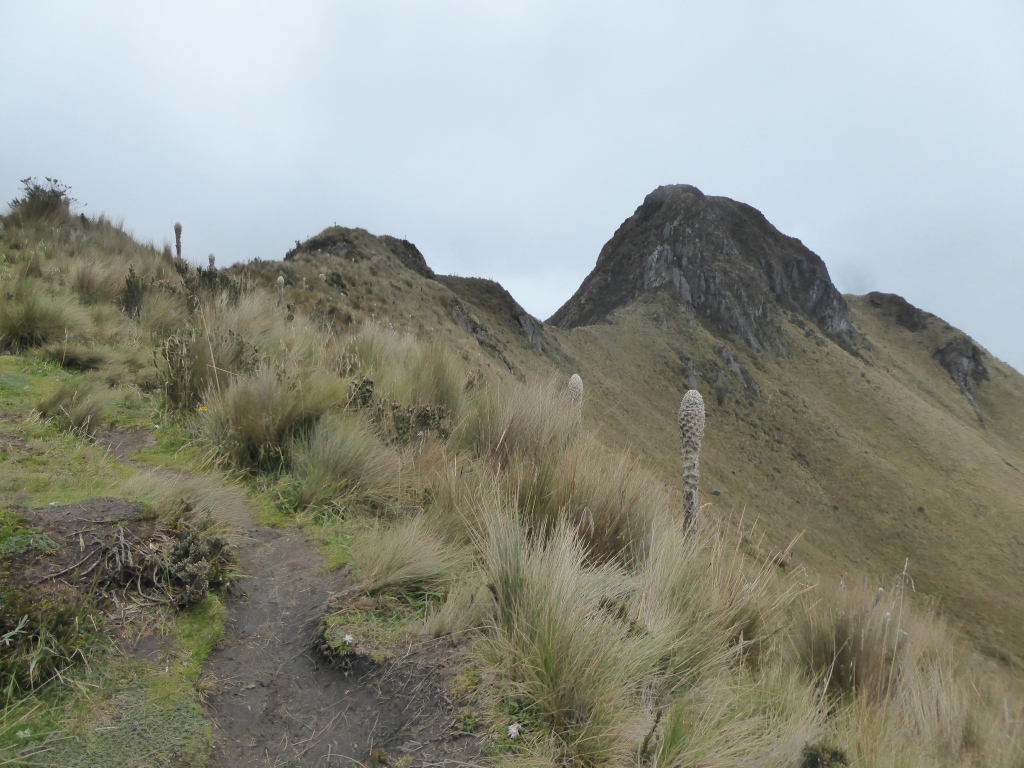
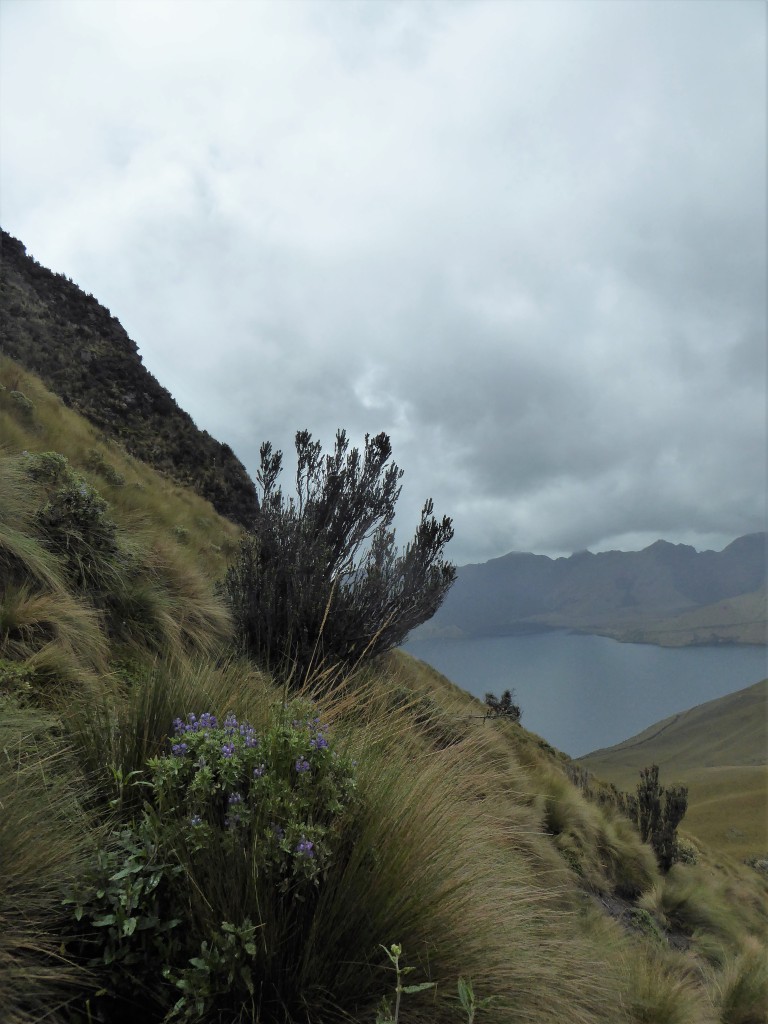
The IVM program has several sessions through the year, each for several weeks at a time, providing some sustained service to the community and an invaluable learning opportunity to dozens of vet students during the year. CE credit is also an option available to veterinarian and technician instructors. Even doing it repeatedly, I find it an amazing opportunity to stretch my own skills and knowledge while training my future colleagues and seeing a new corner of the world.
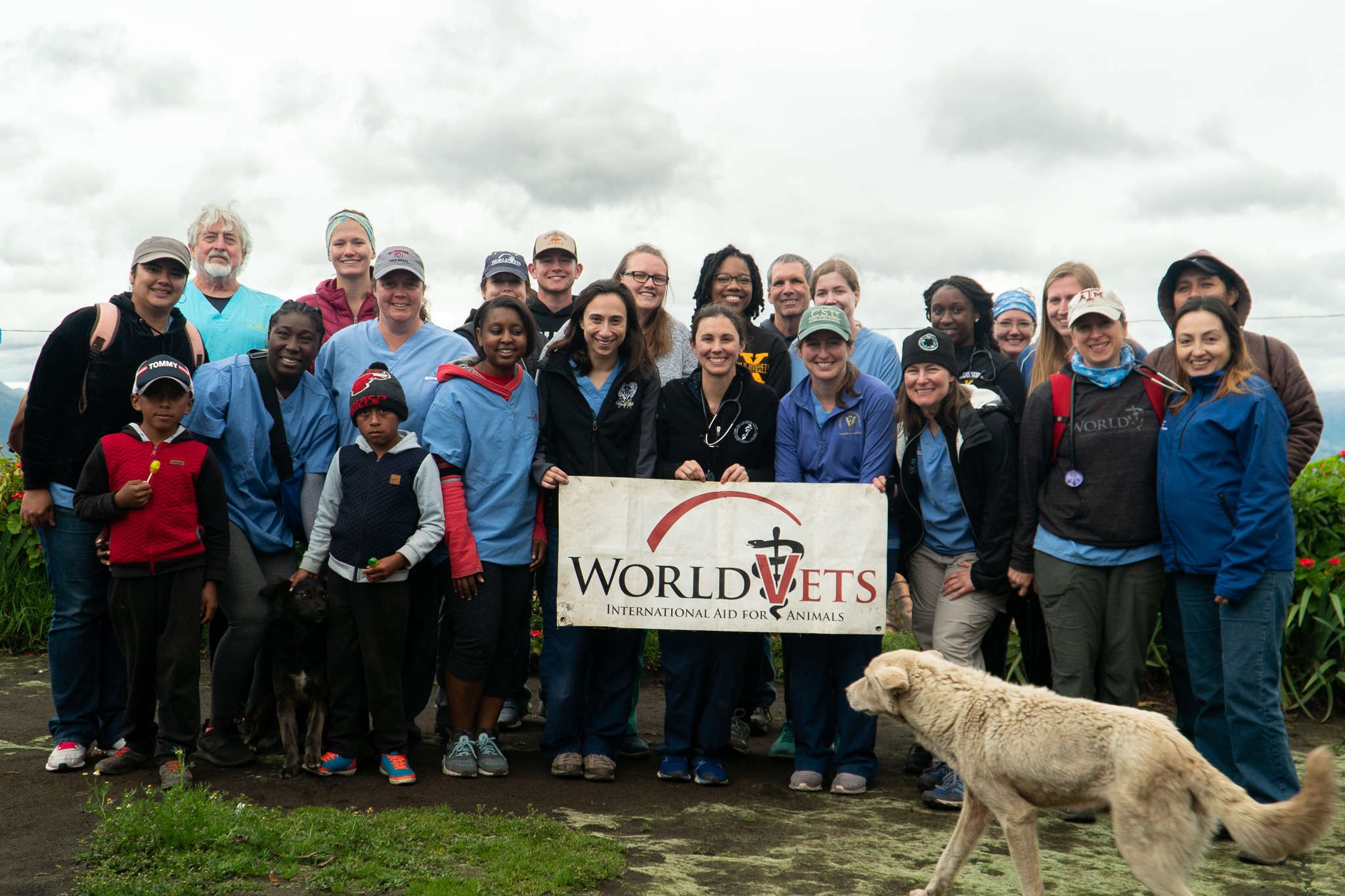
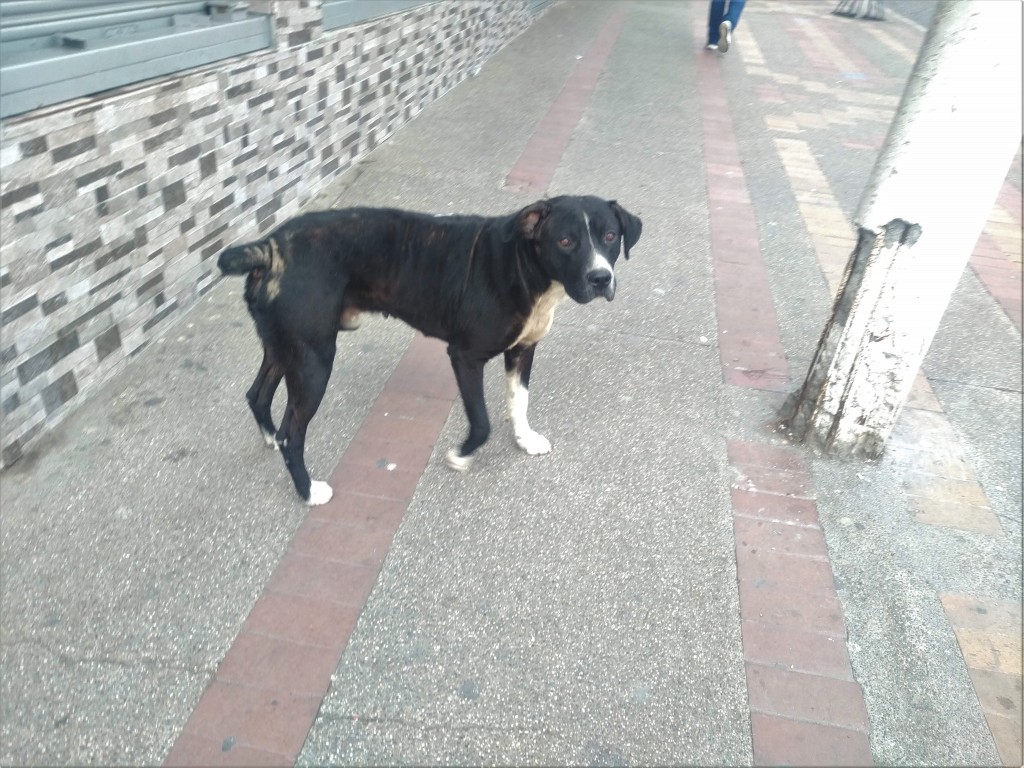

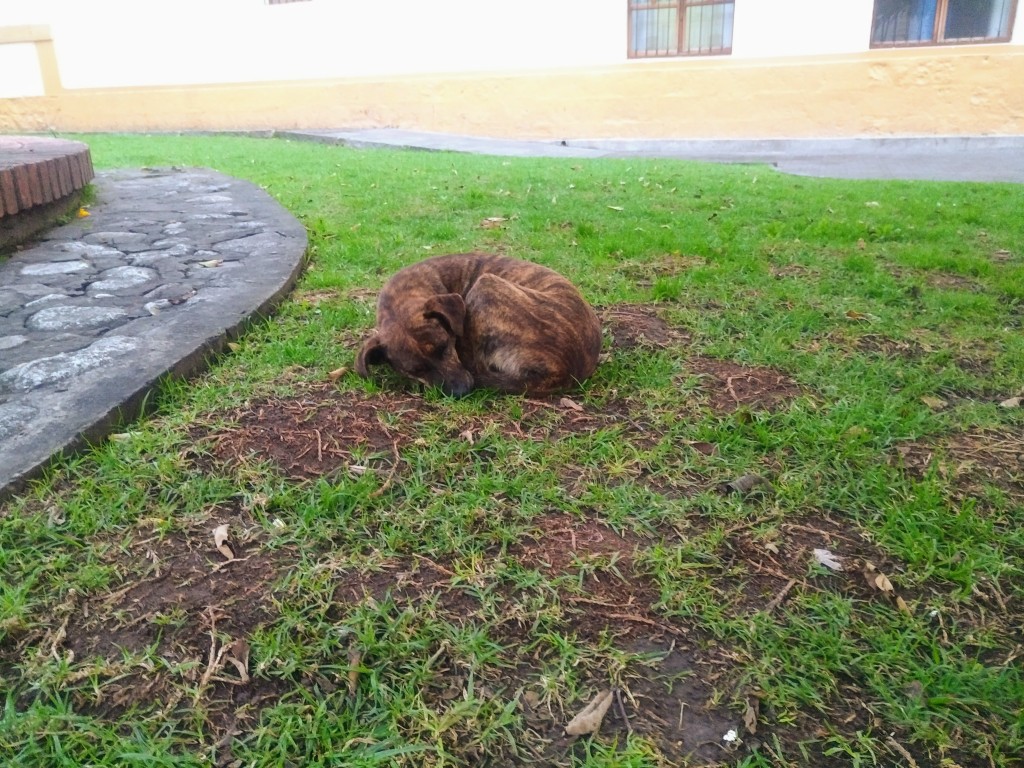
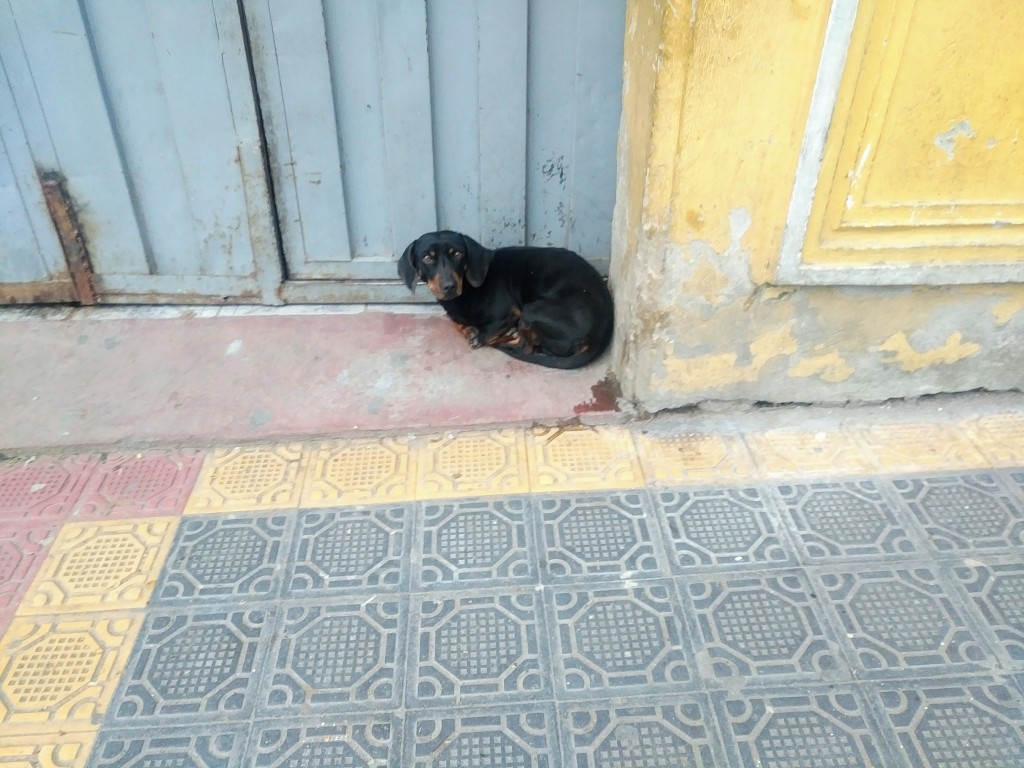
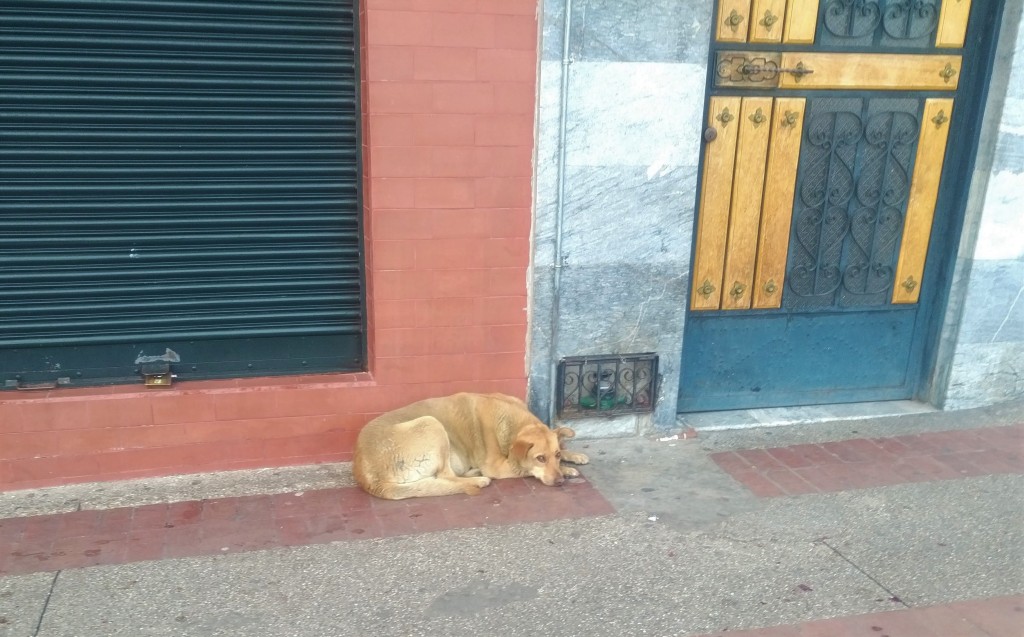
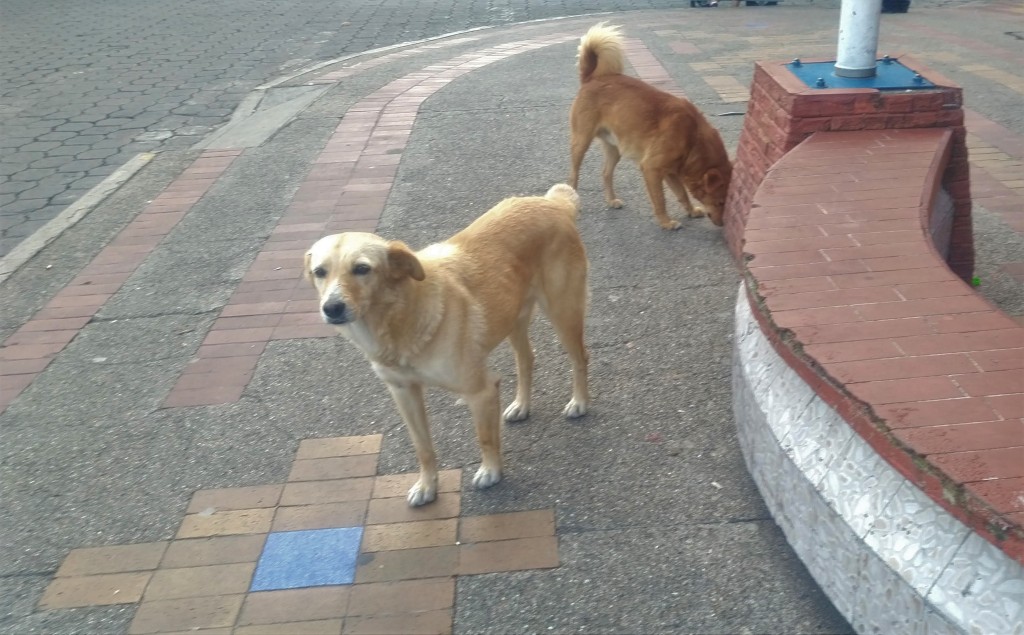
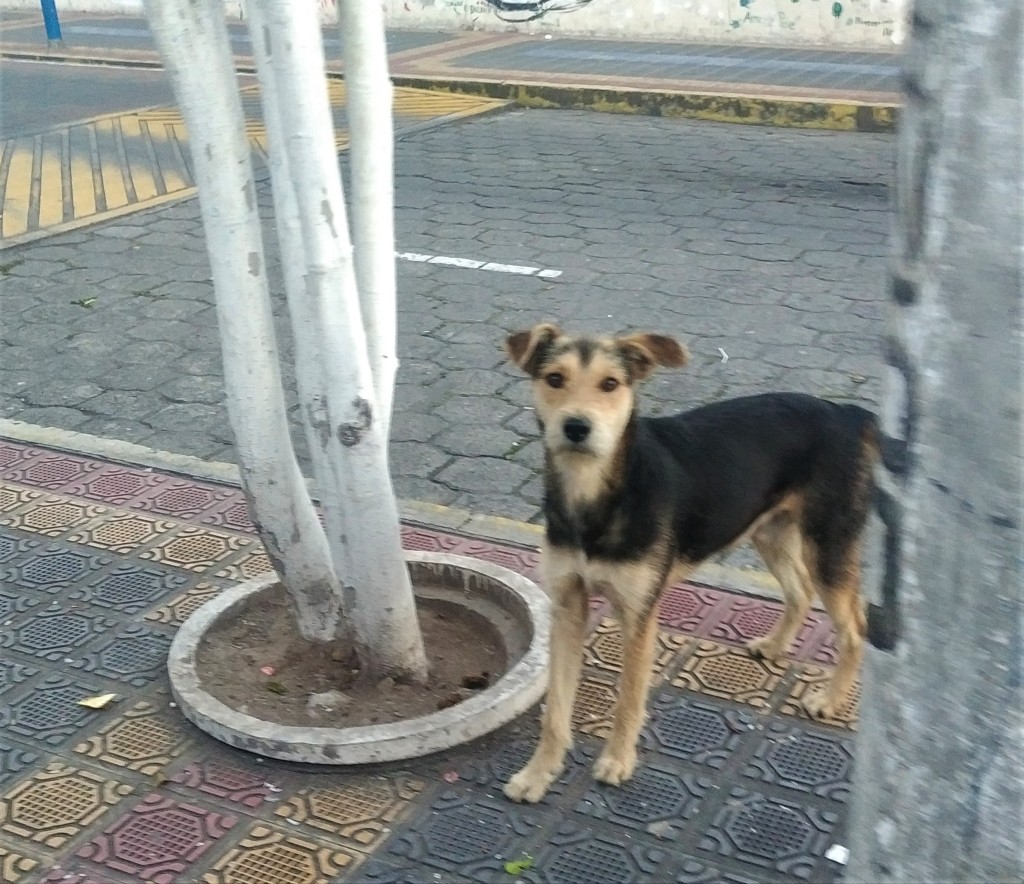
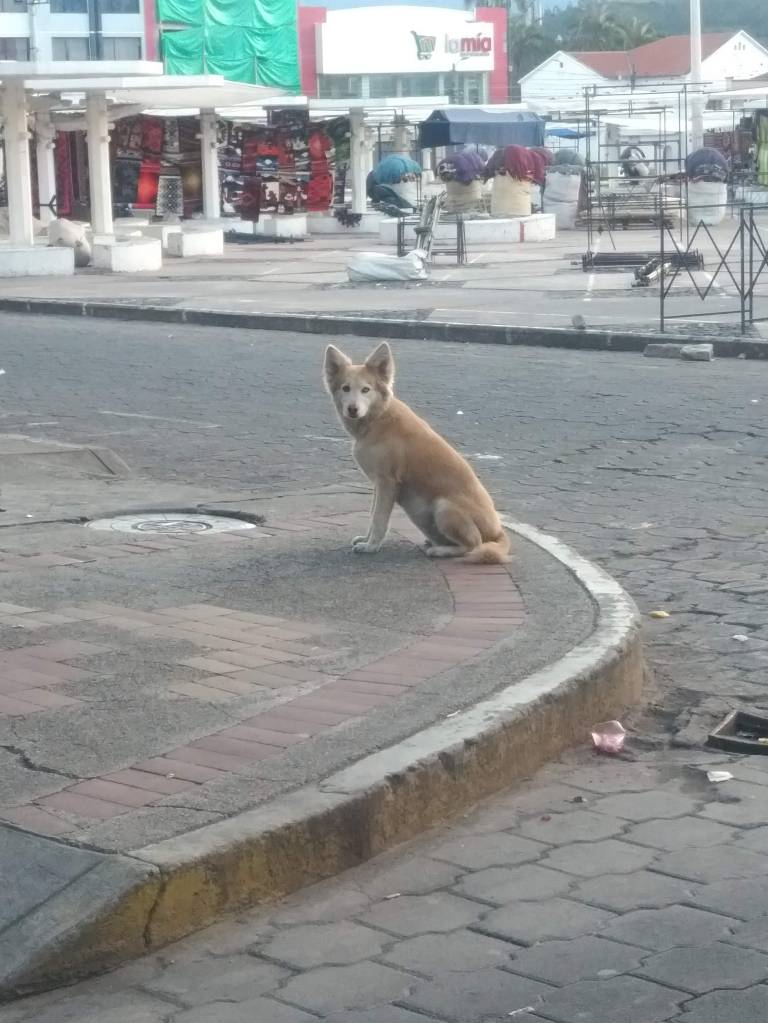
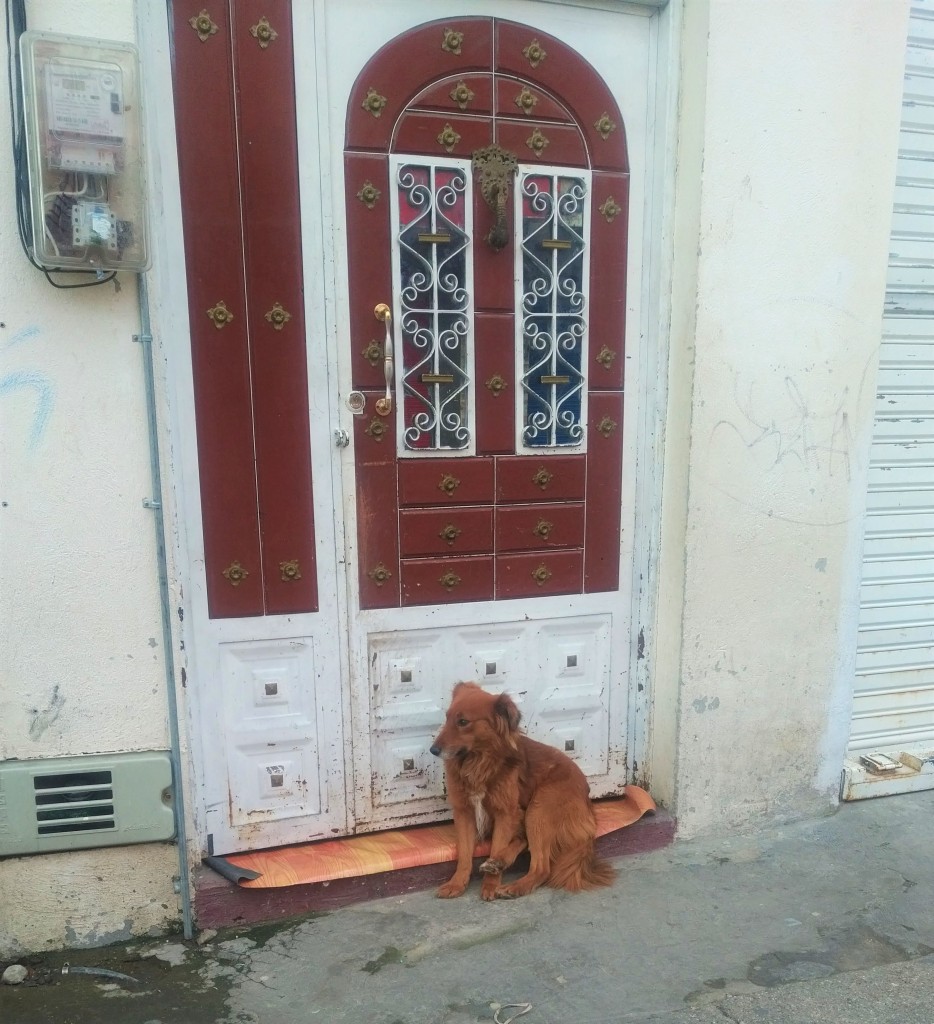

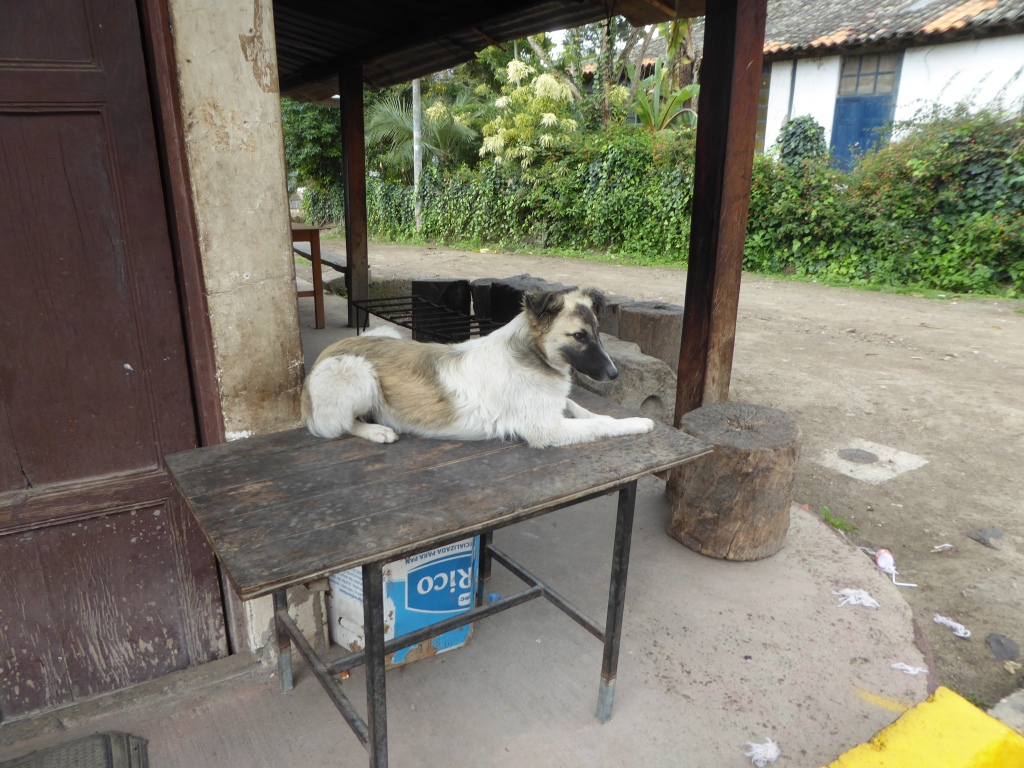
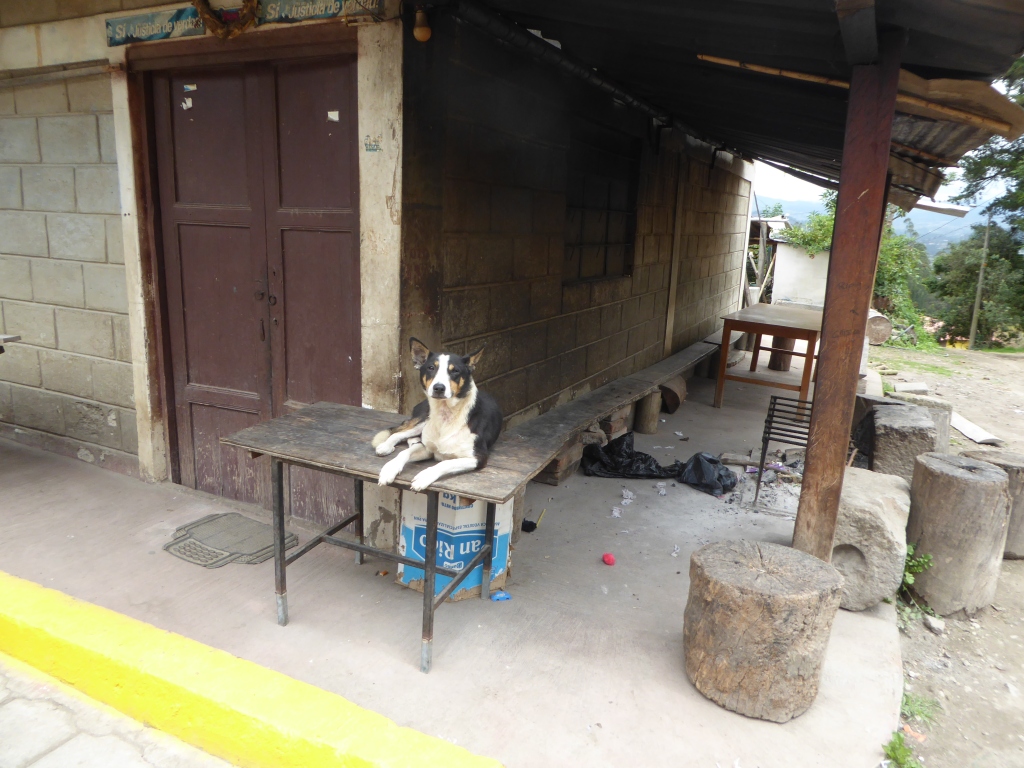


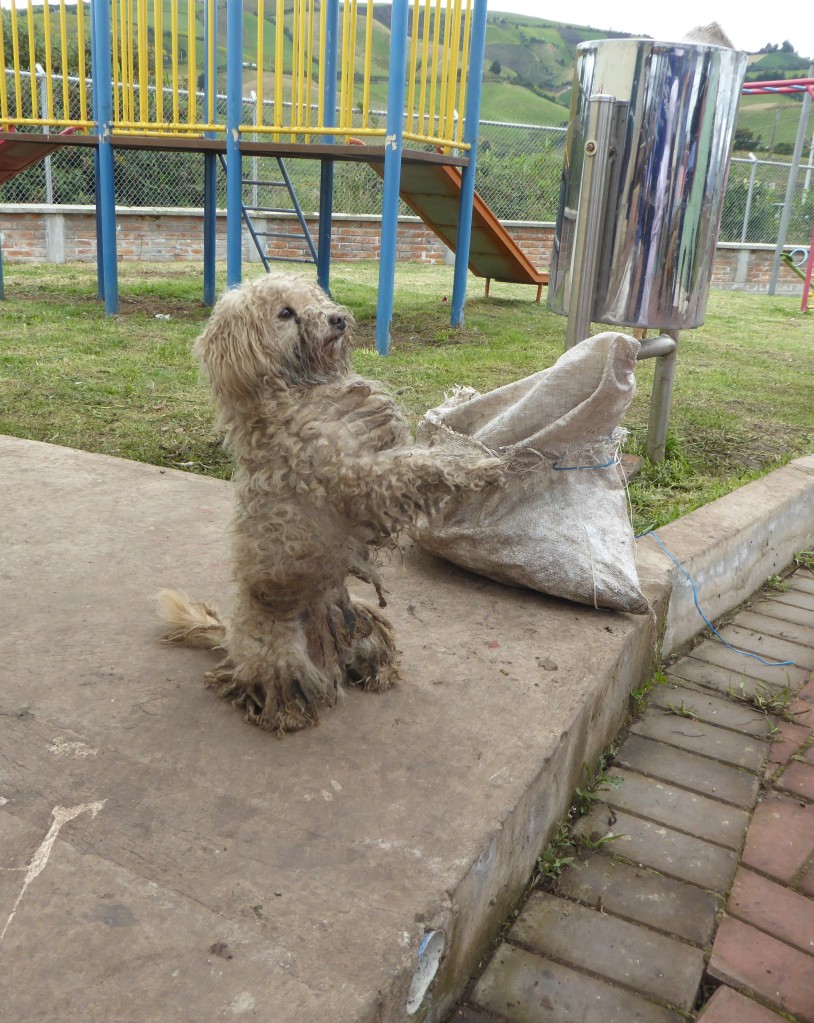
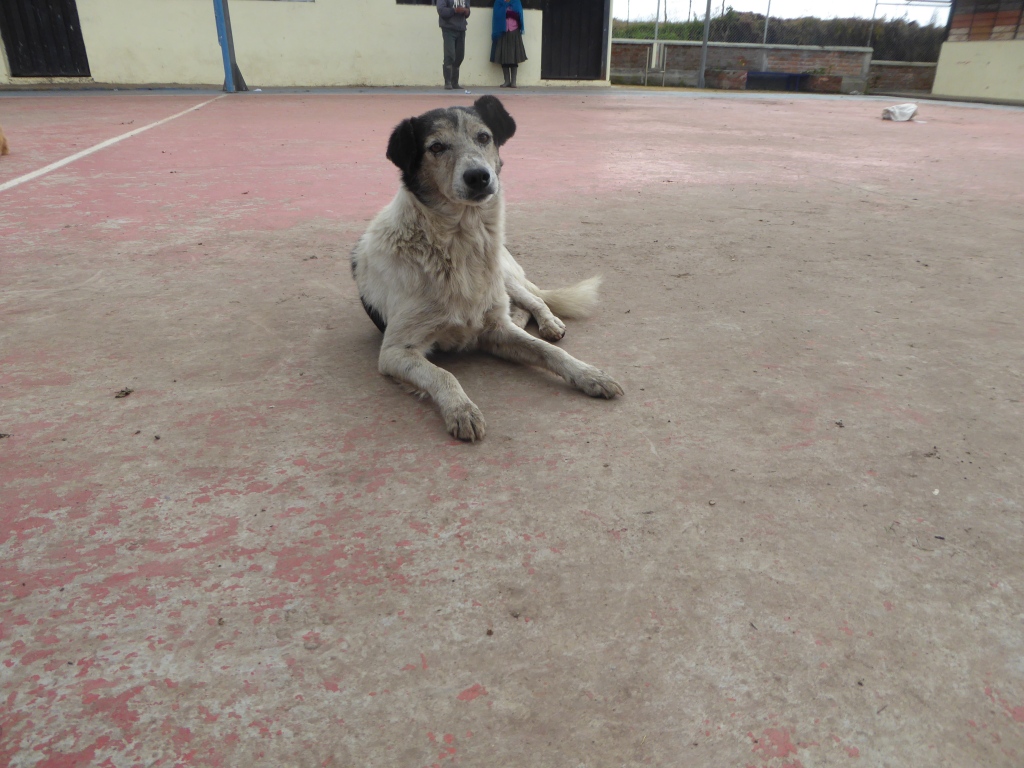
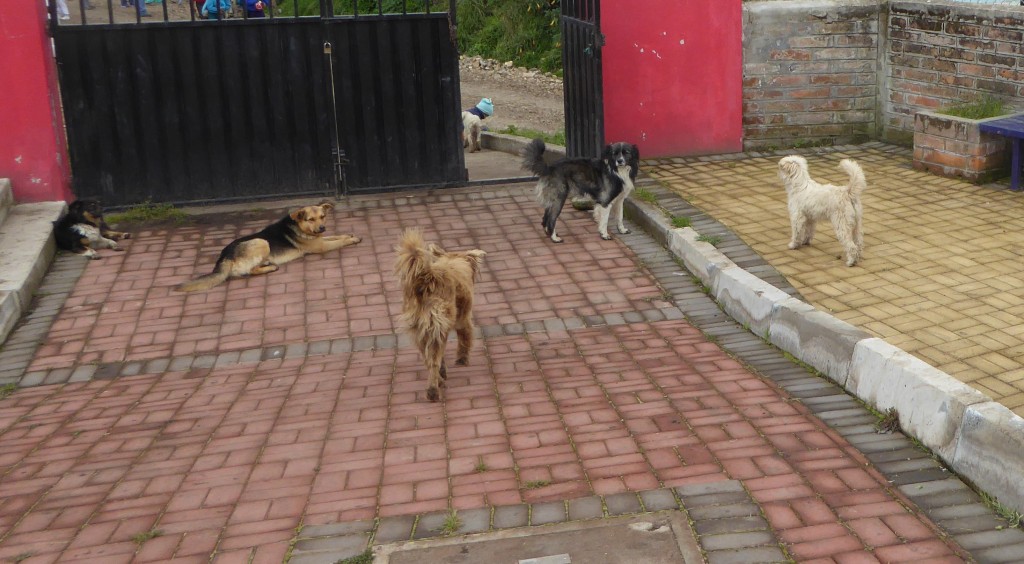


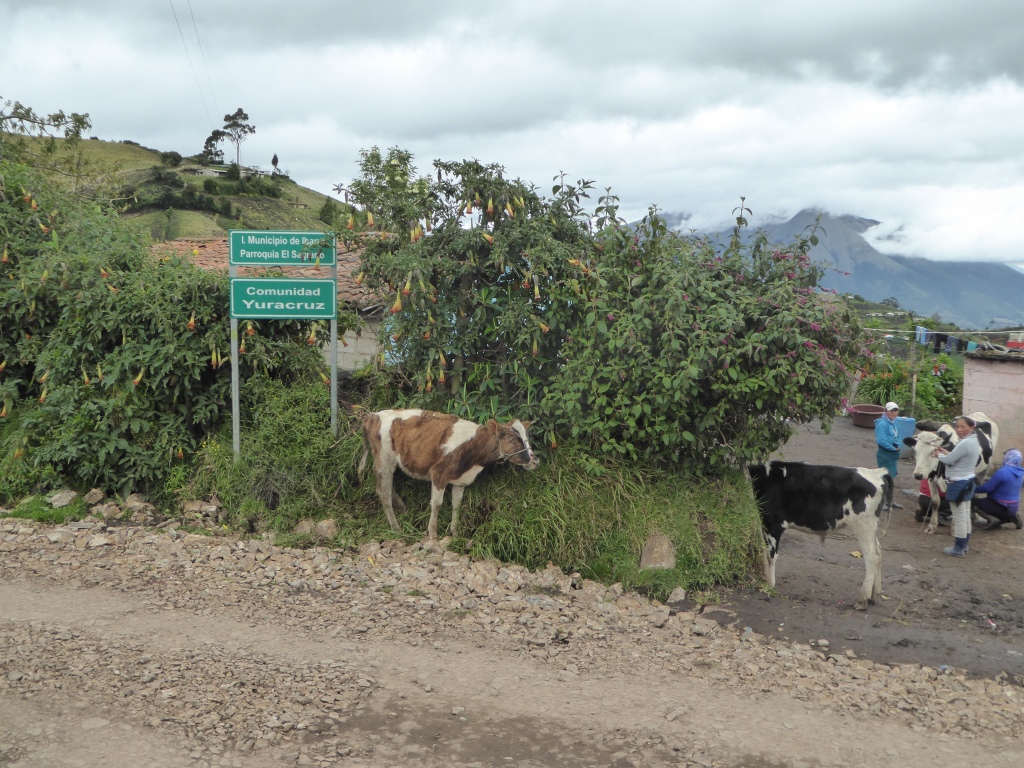

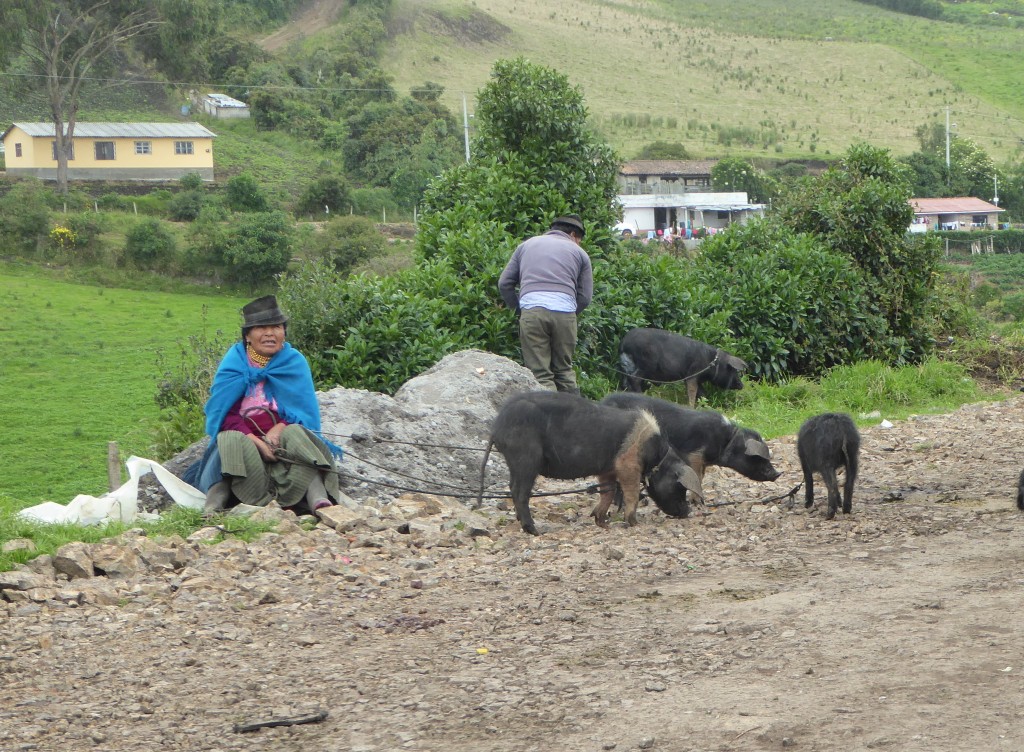
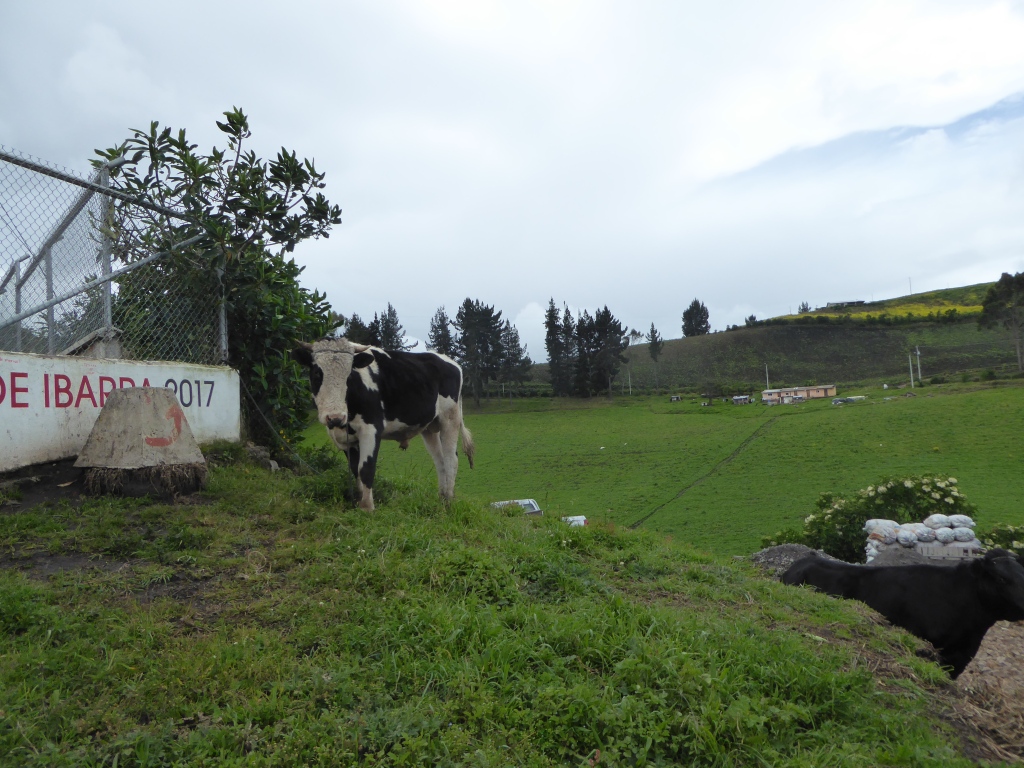
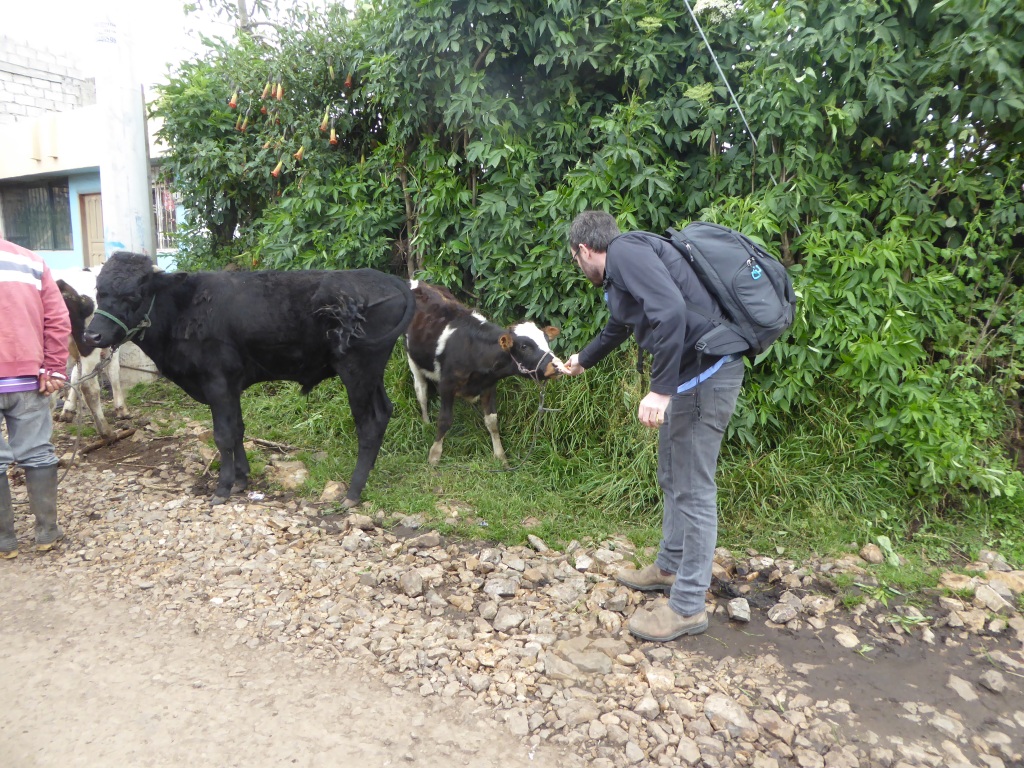

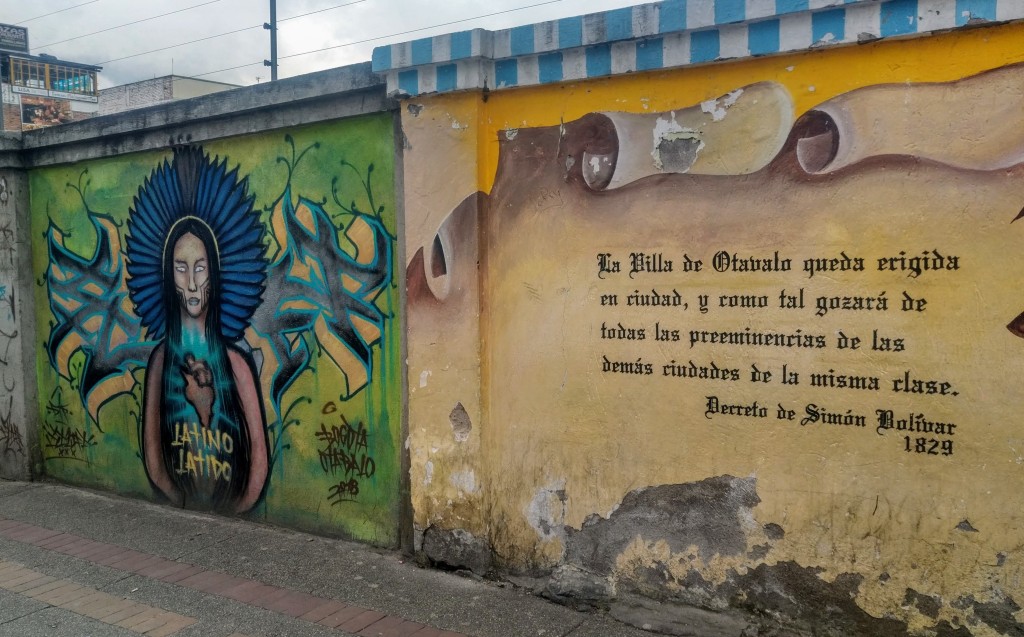
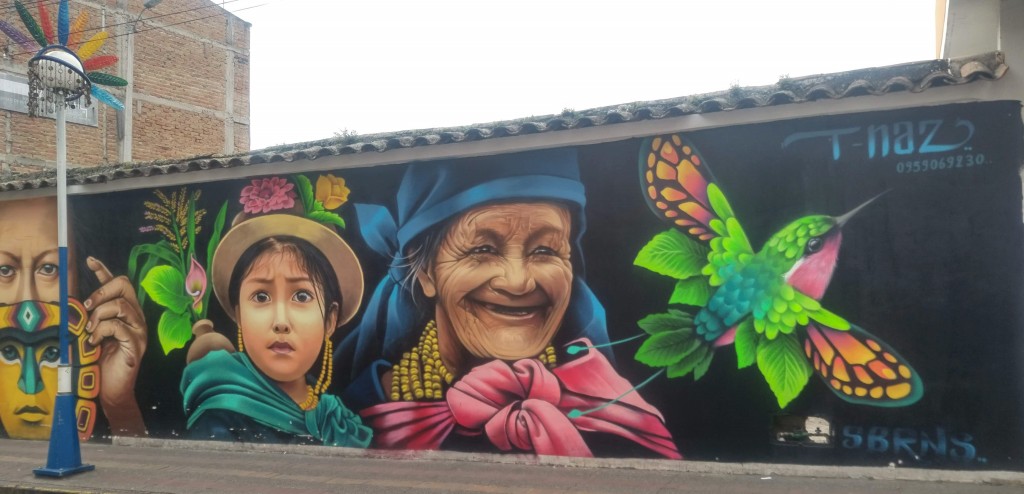
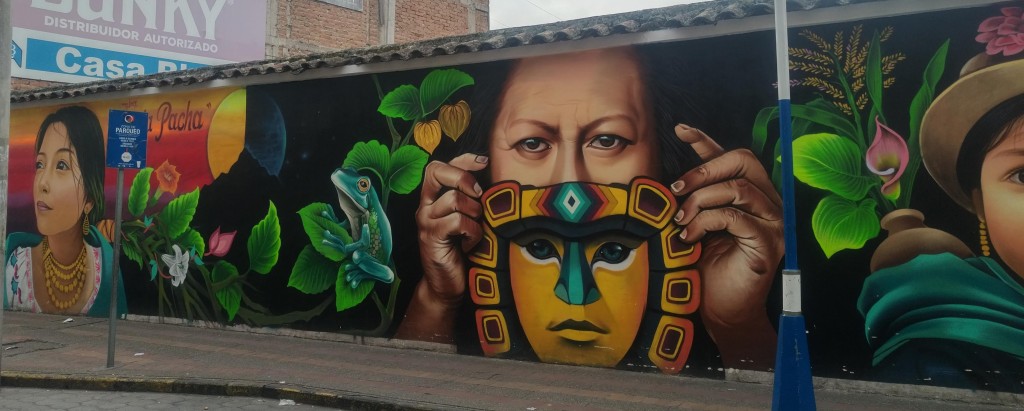
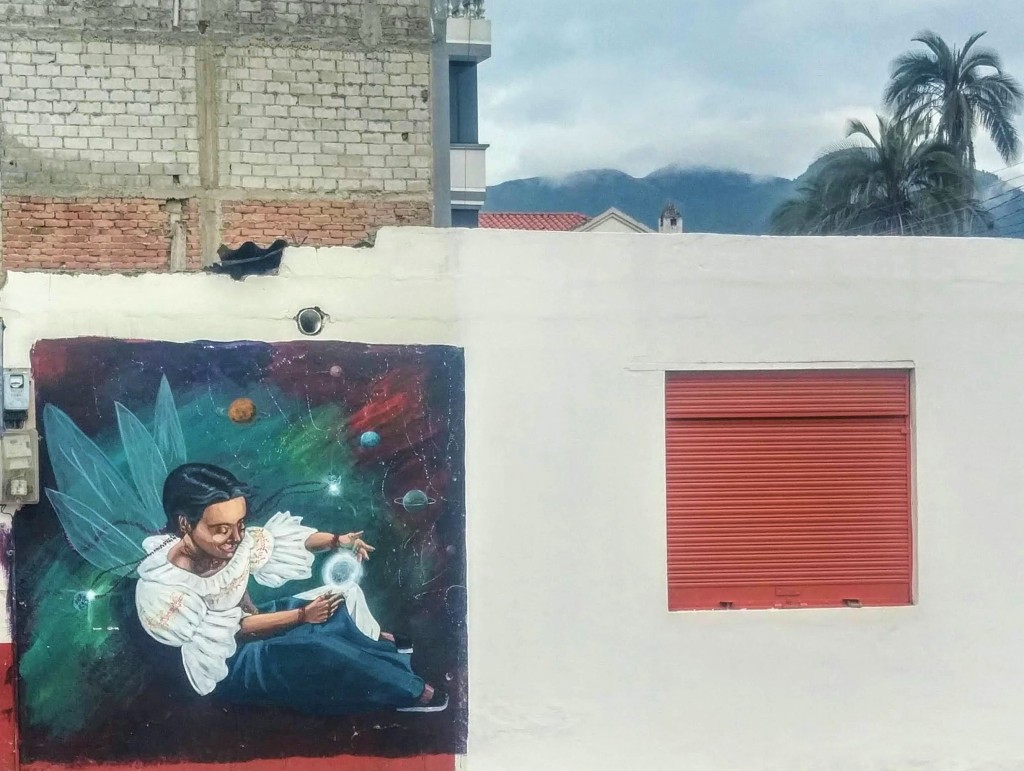
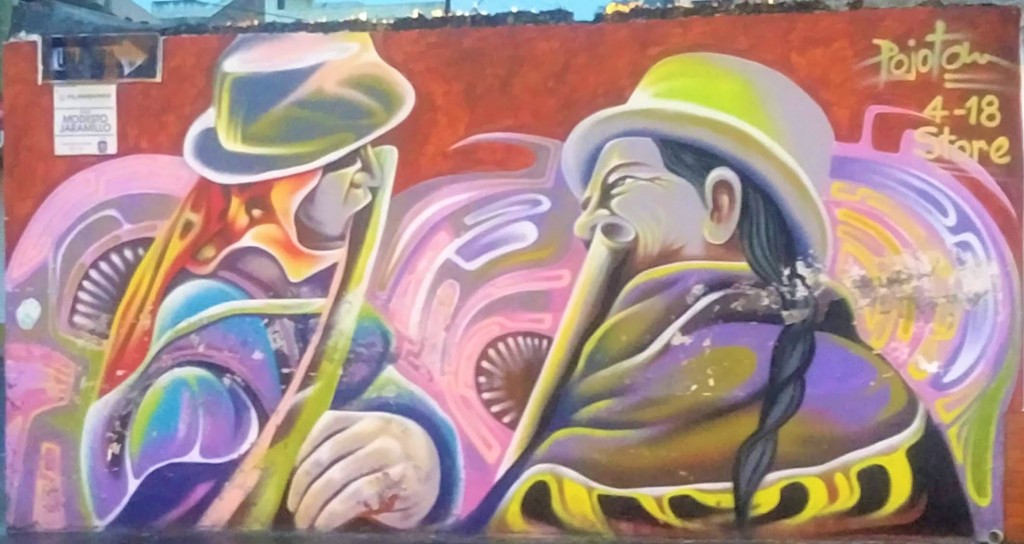
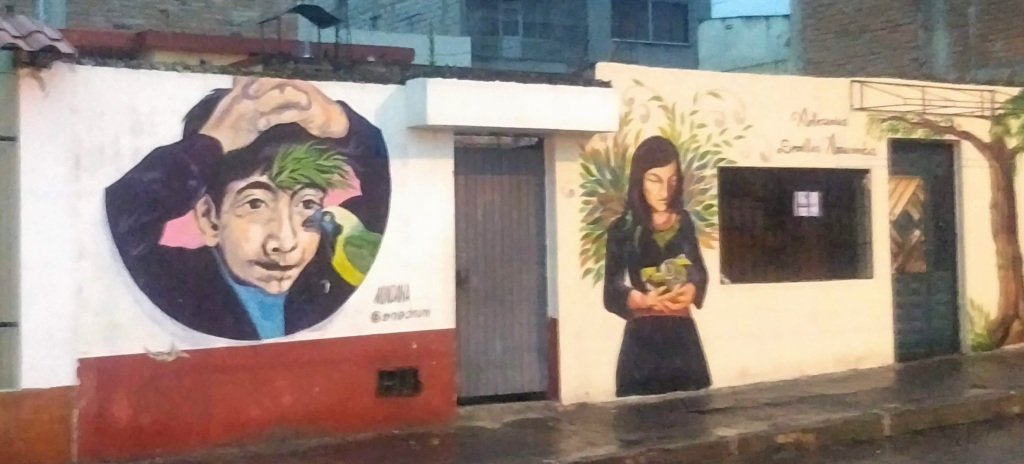
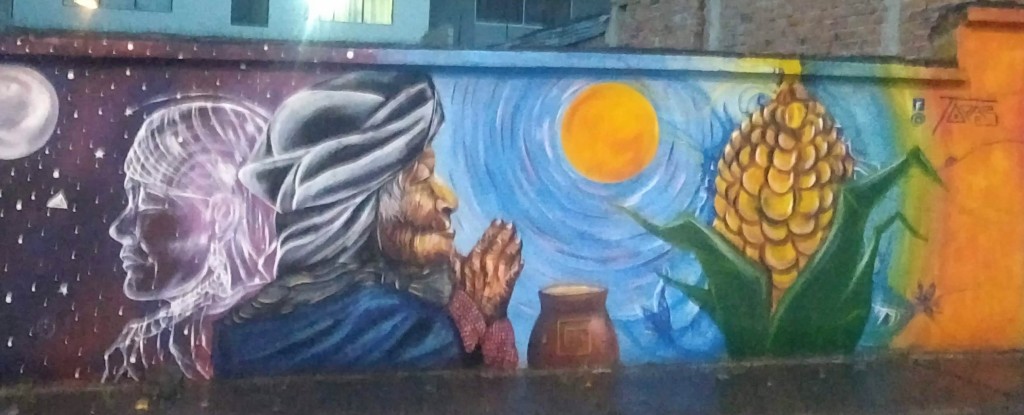
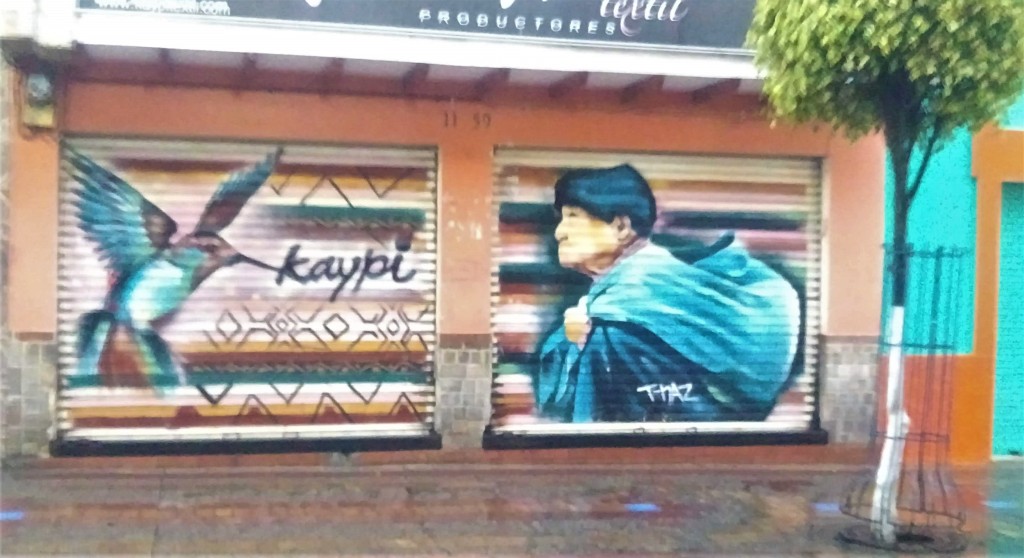
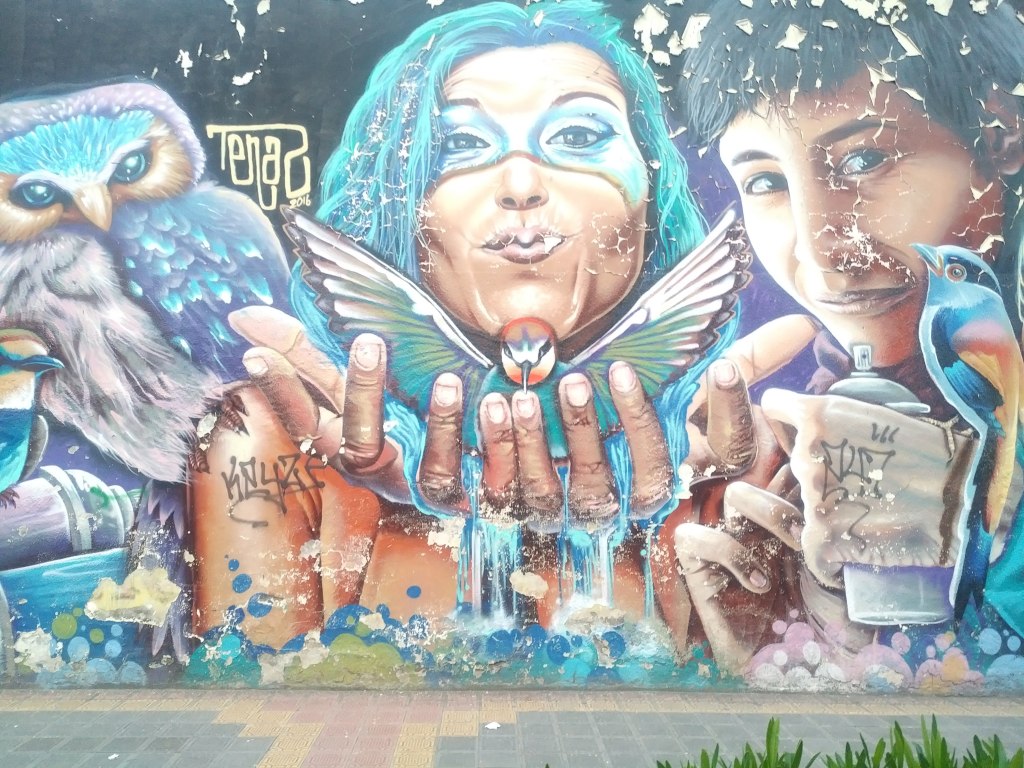
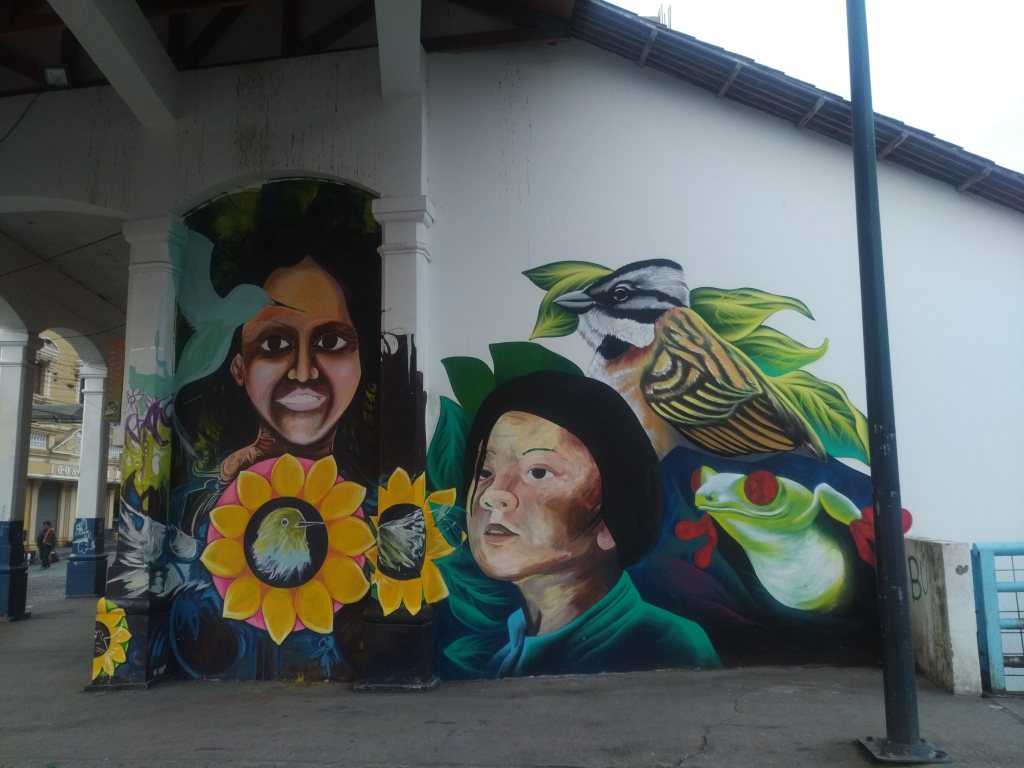
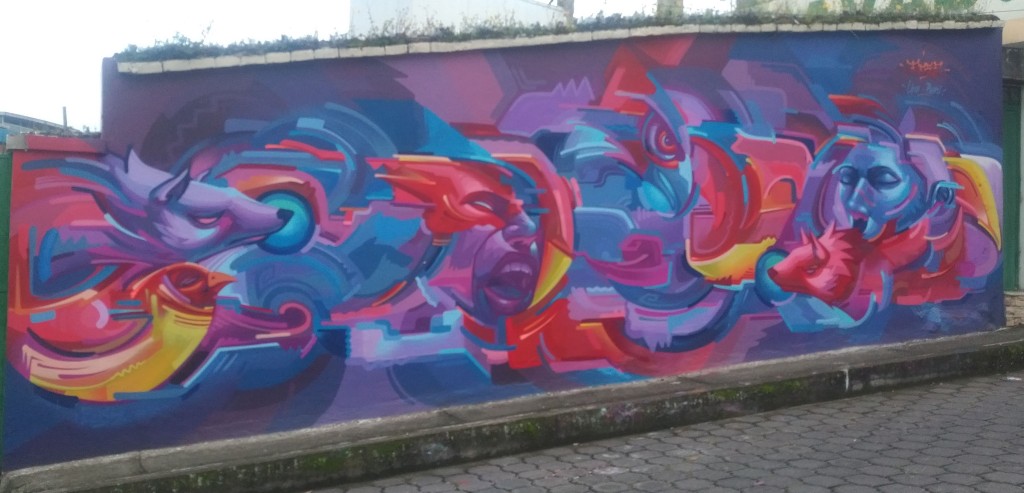
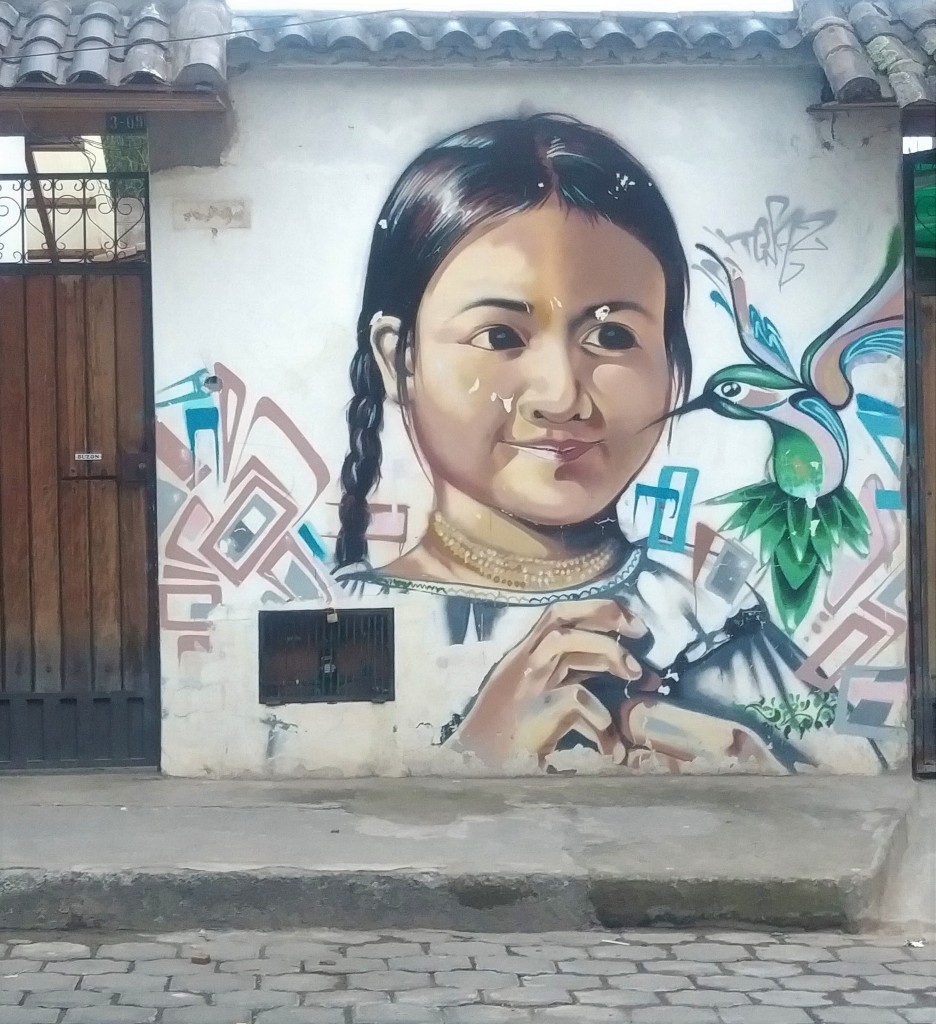
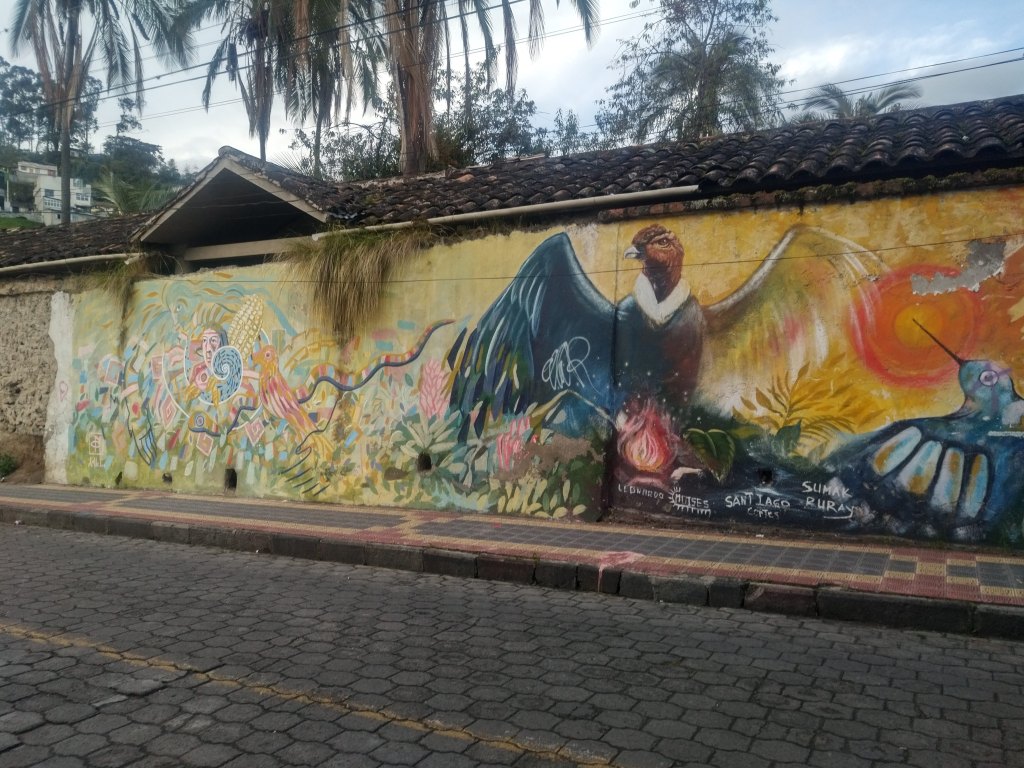
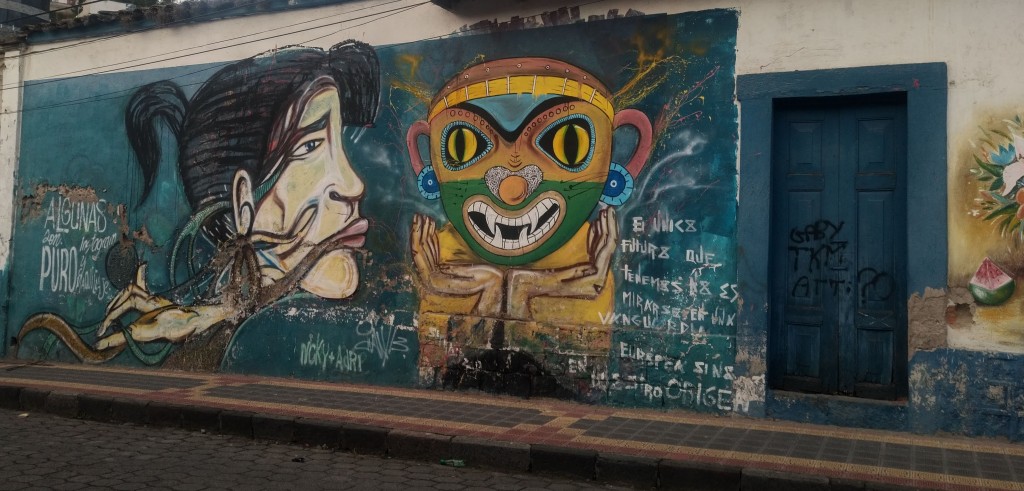
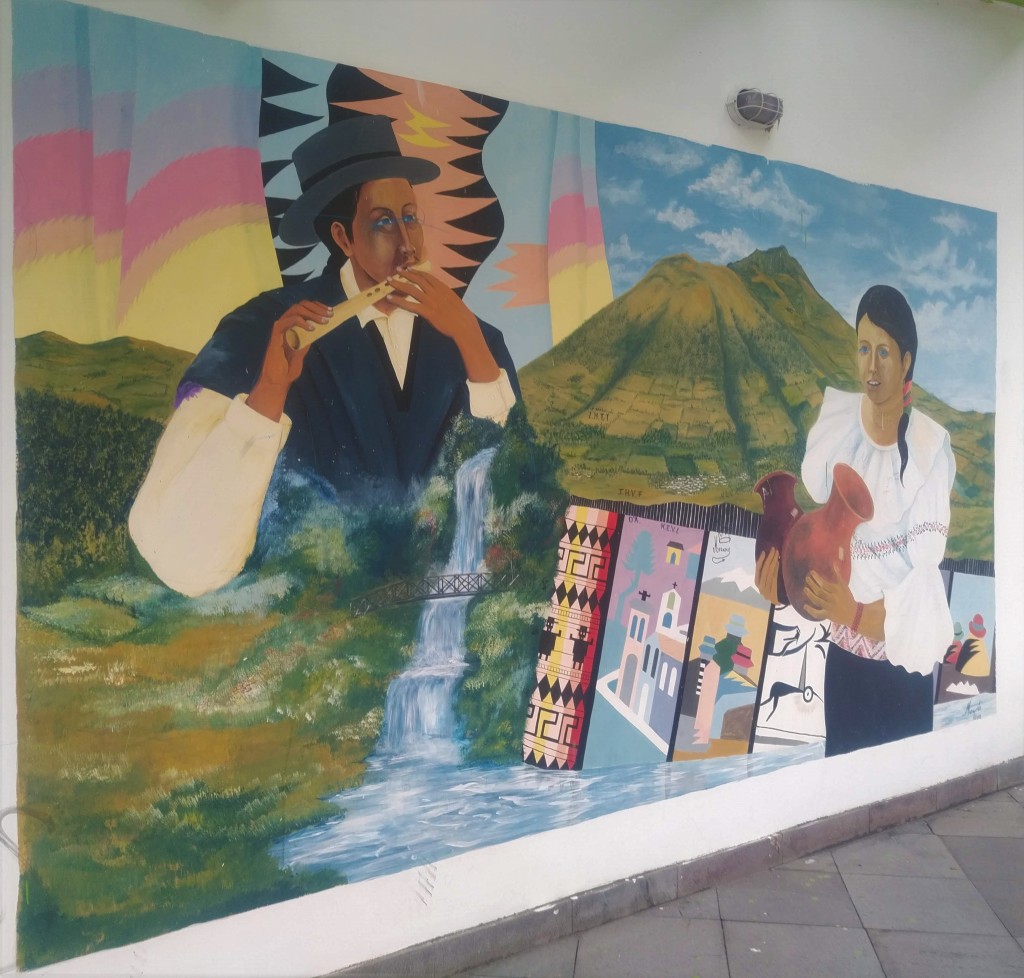

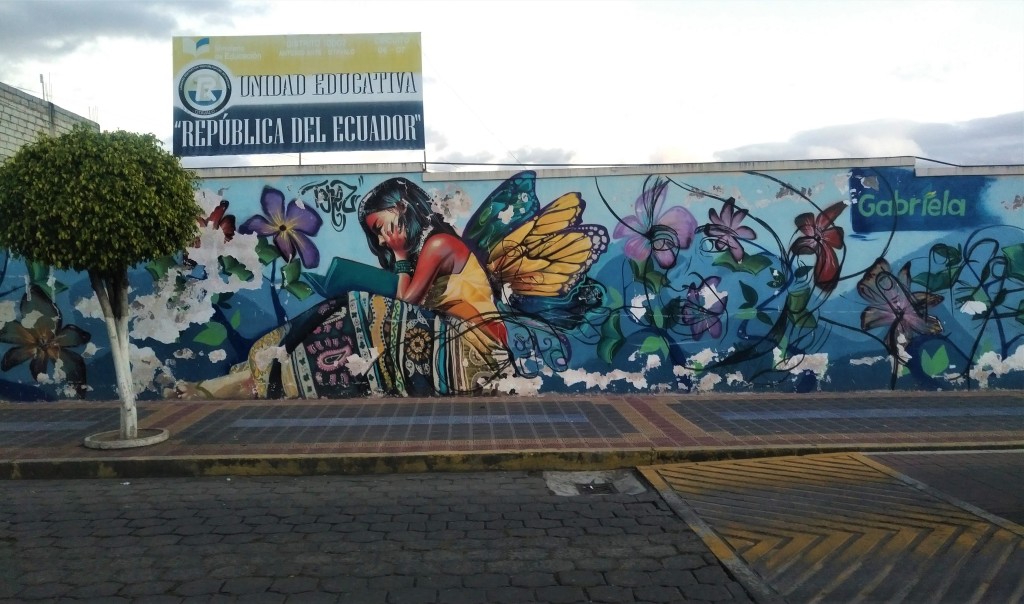
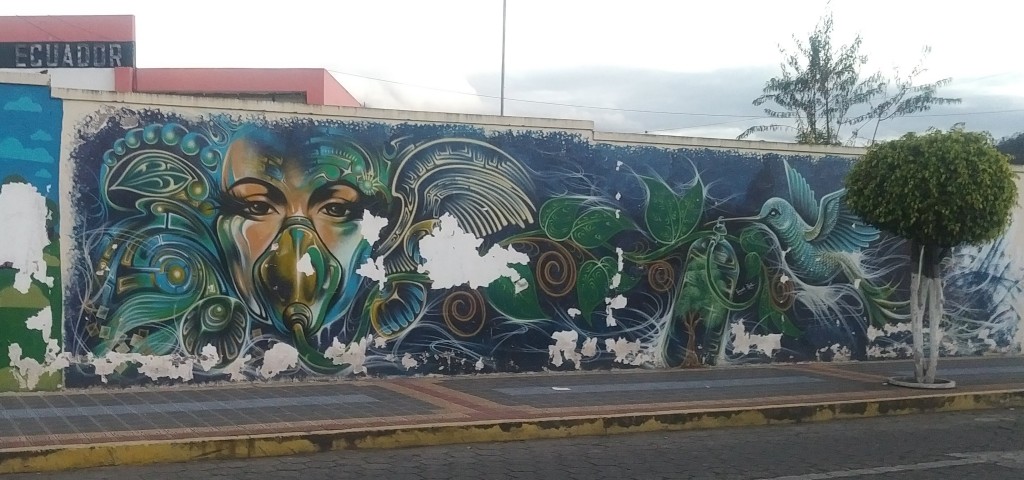

Great post 🙂
LikeLike
Just read this. I really like reading these – thanks for sending. You do a great job of it.
On Tue, Jun 25, 2019, 12:46 AM ¿Dónde está Dra. McNabb? wrote:
> amcnabbdvm posted: ” World Vets, Otavalo, Ecuador For all the volunteer > work and non-profit spay/neuter work I do, I know there is still a finite > number of animals I can help in my career. I’m just one person. When I > teach vet students and colleagues, I like to believ” >
LikeLike